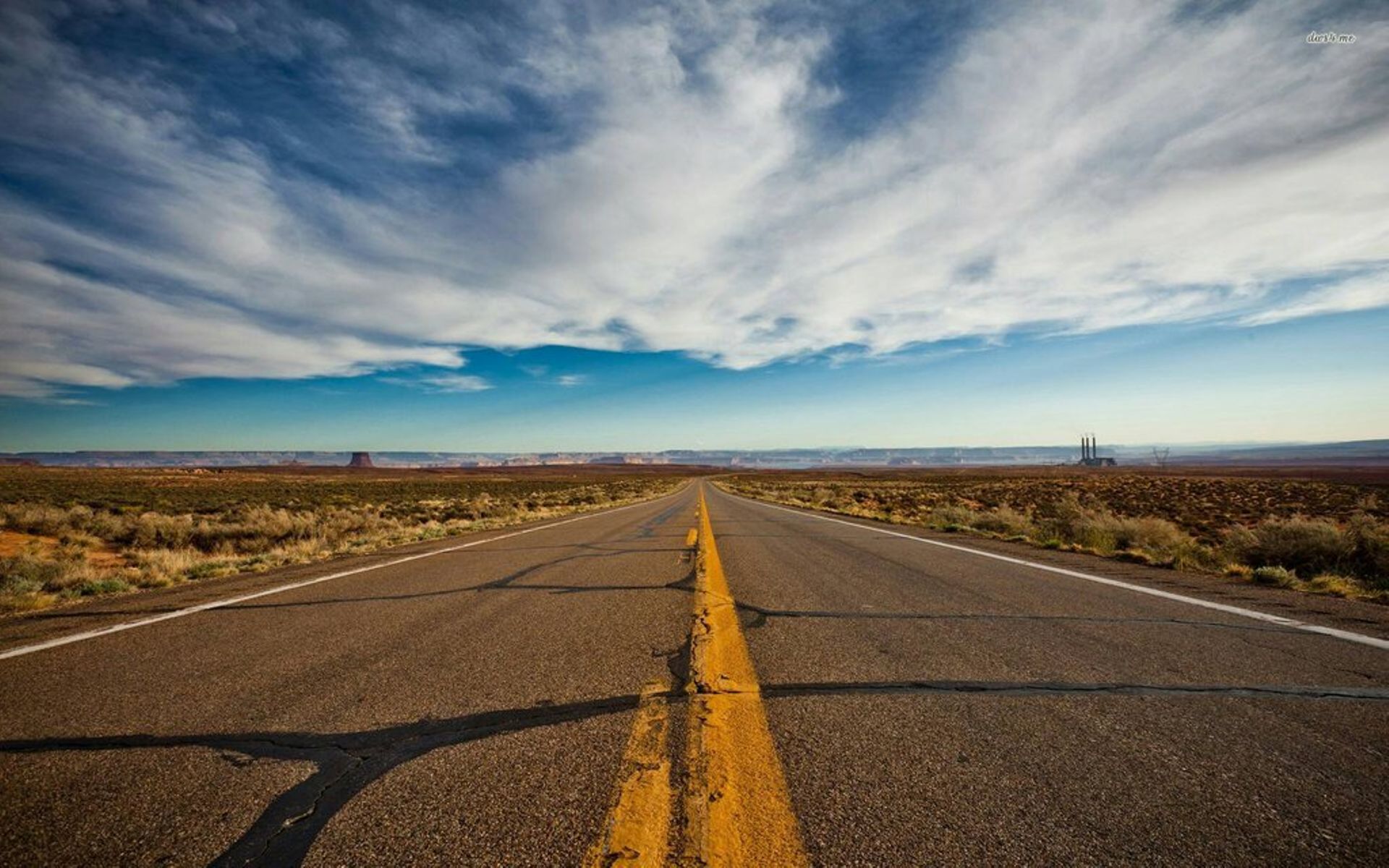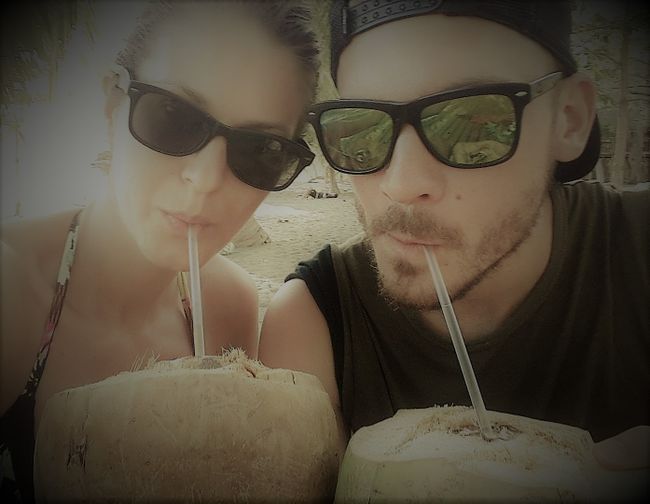A worthy conclusion! - Rio de Janeiro
Dɛn dɔn pablish am: 25.03.2018
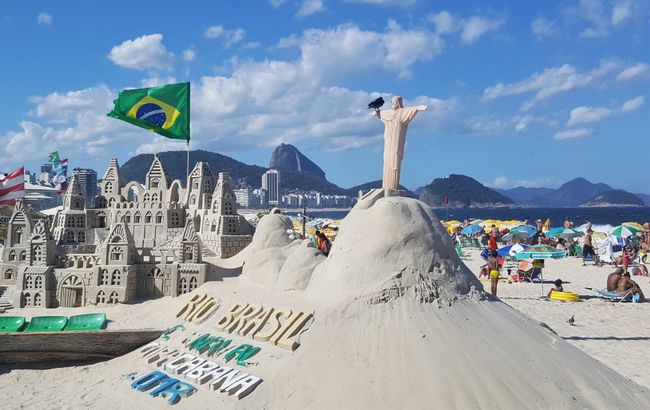
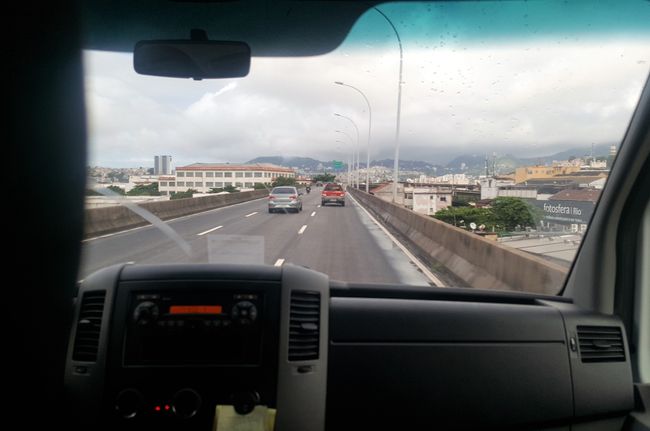
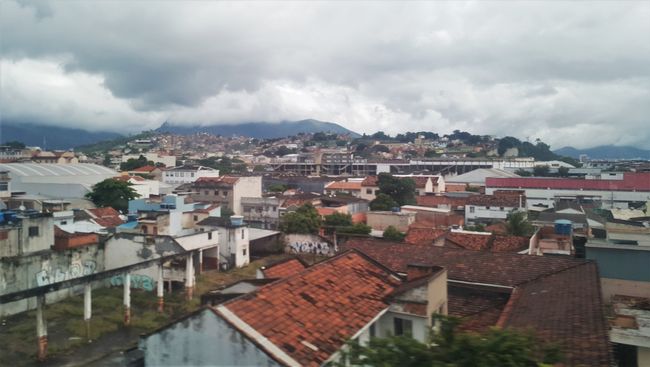
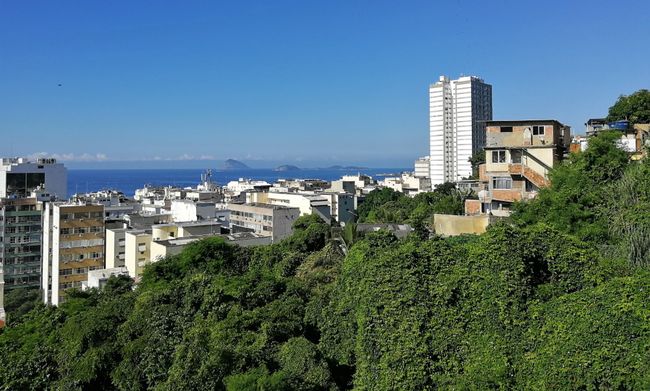
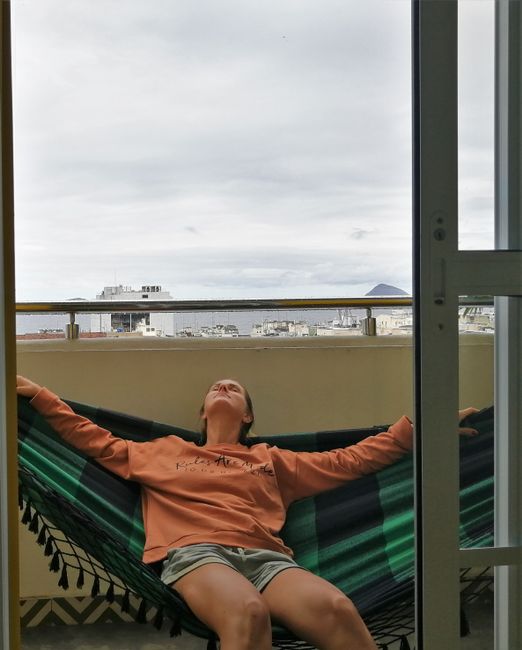
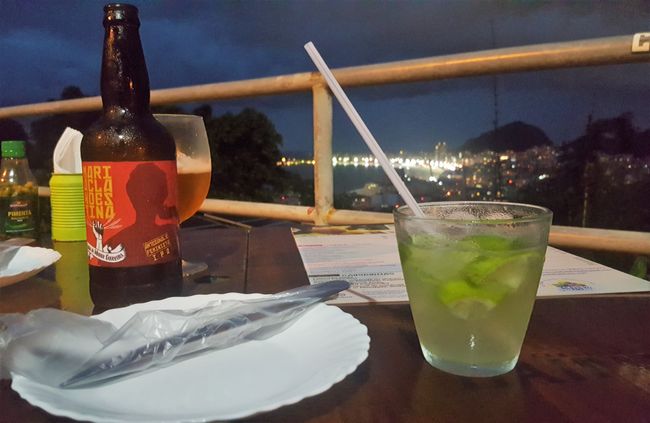
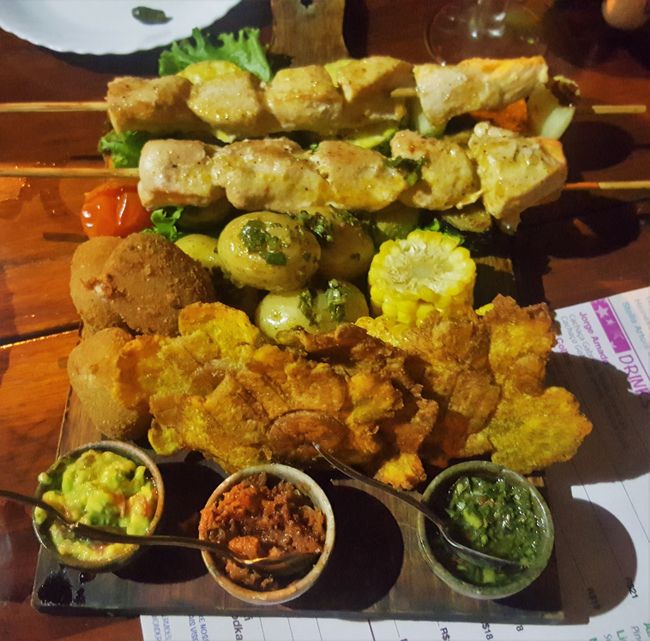
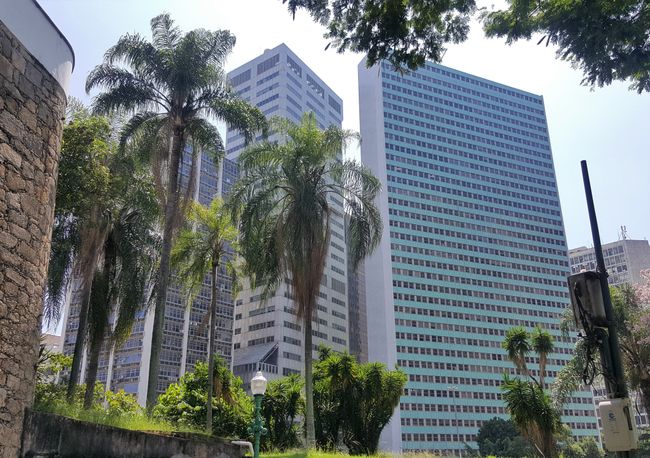
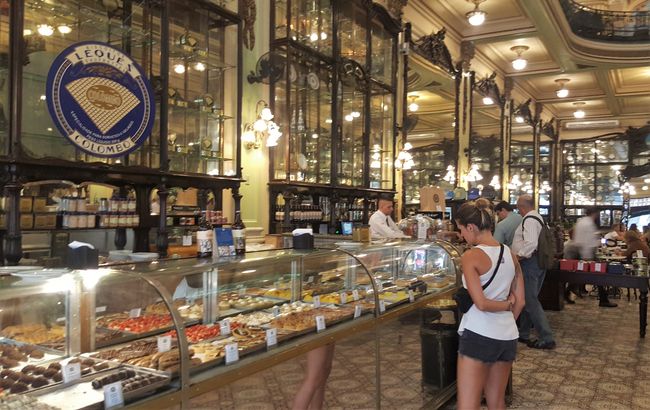
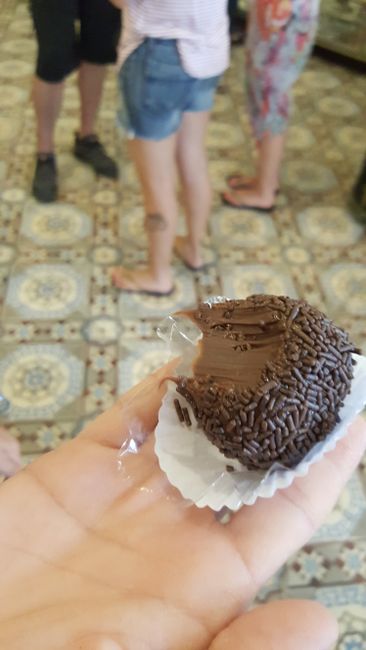
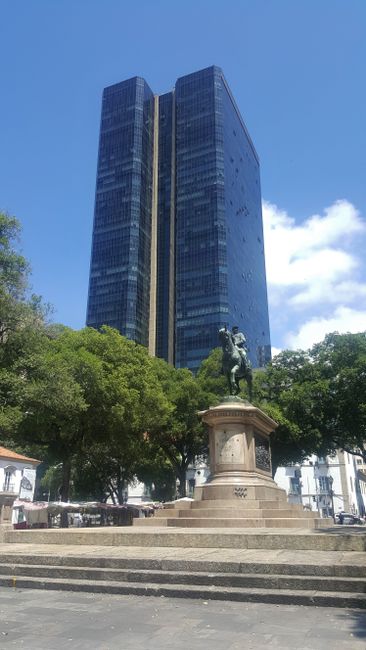
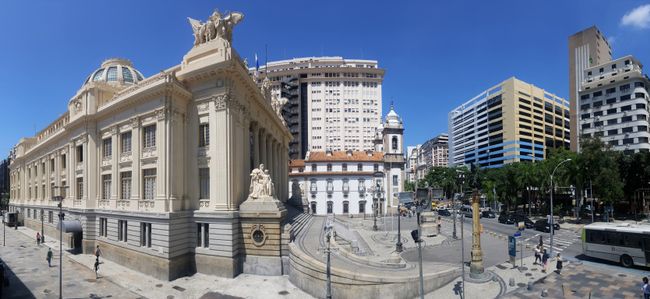
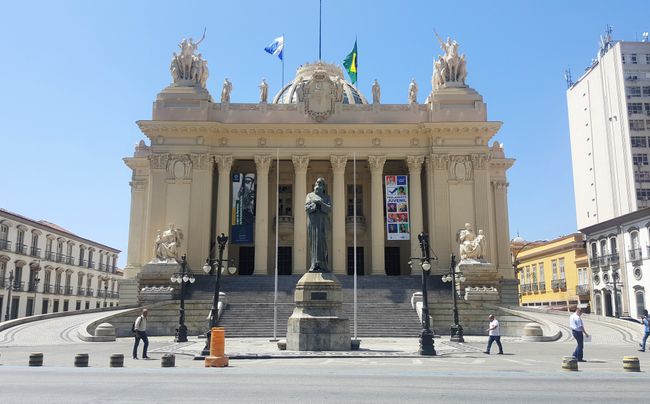
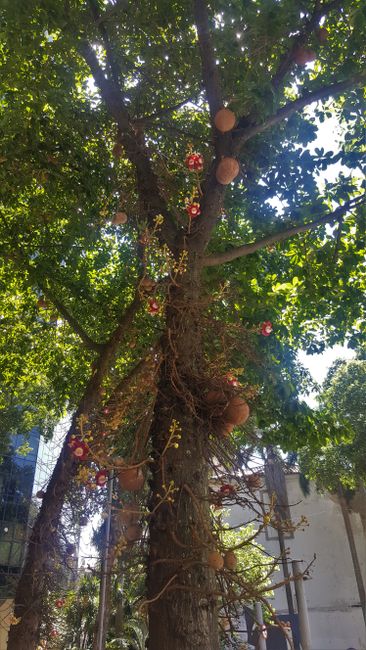
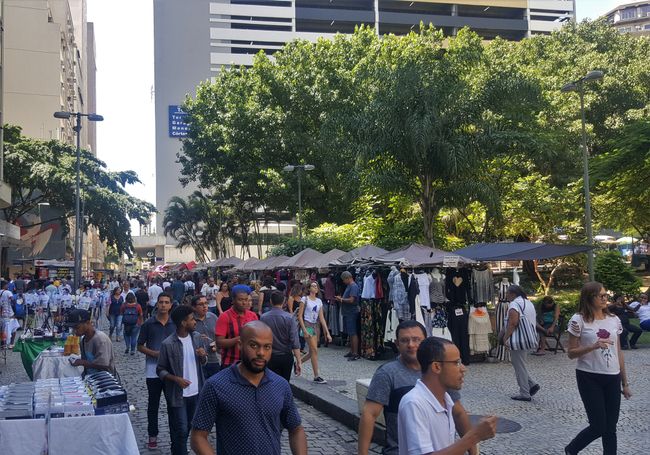
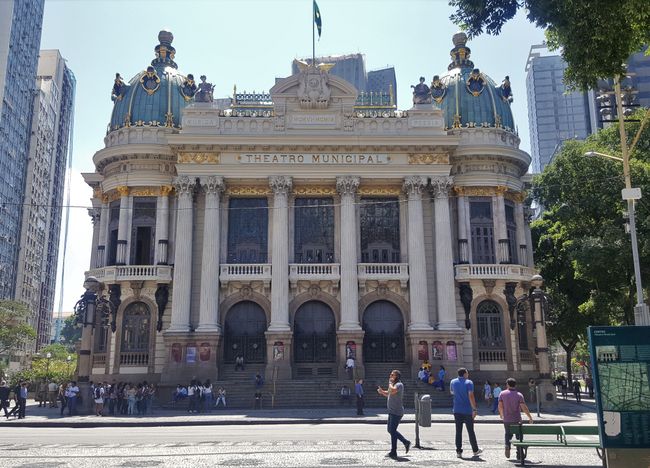
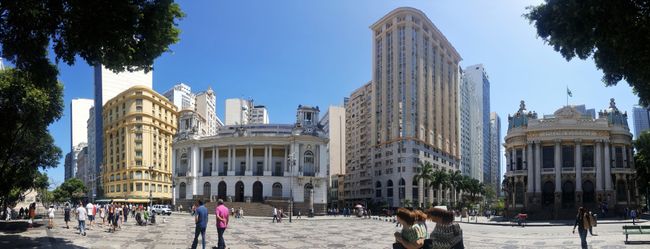
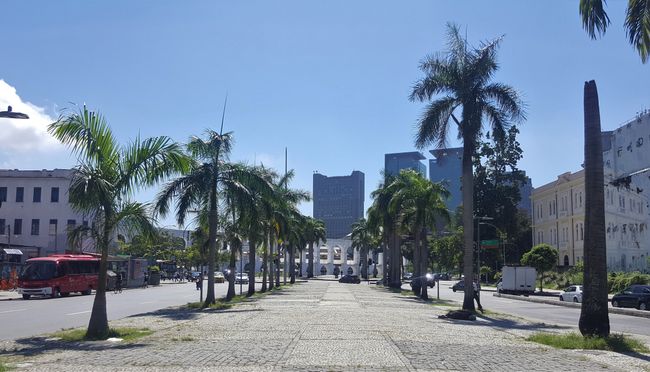
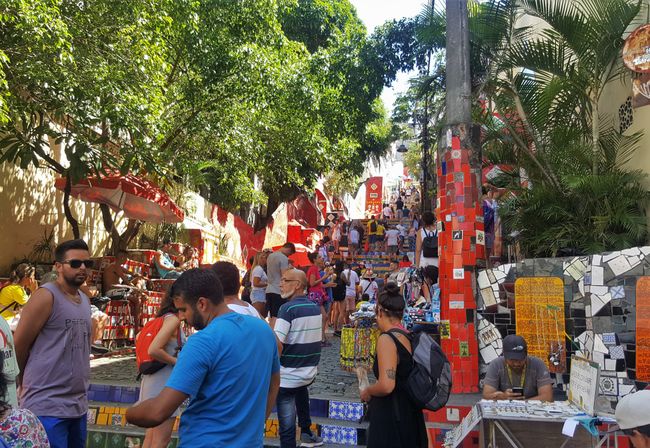
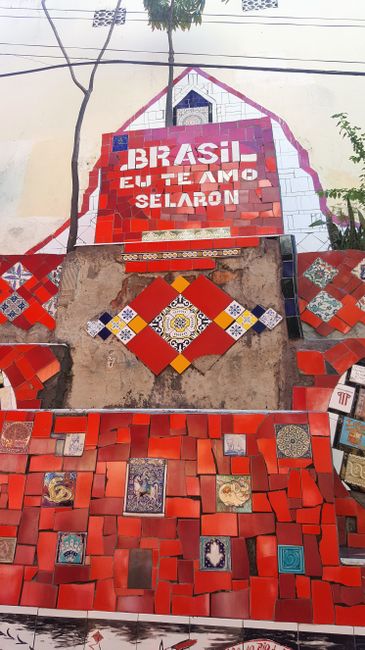
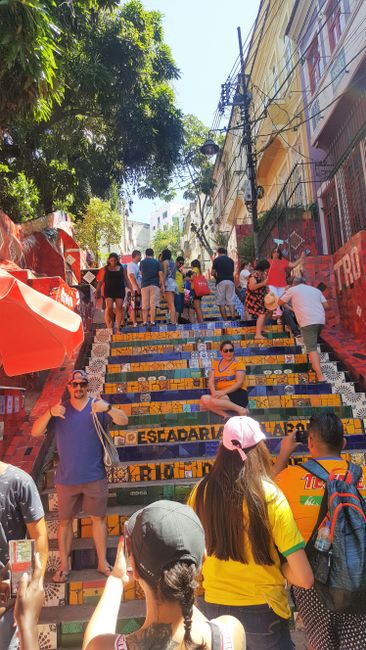
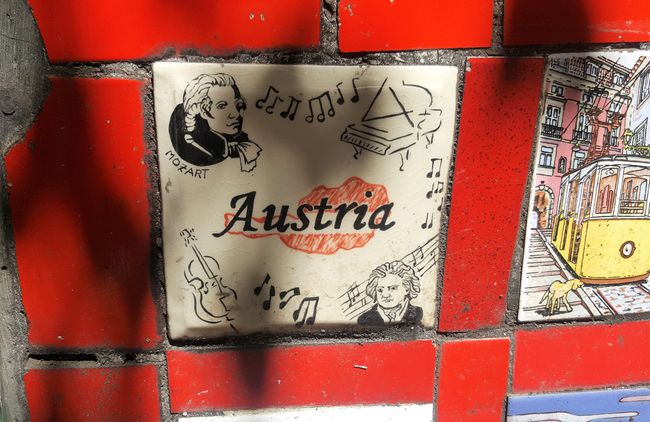
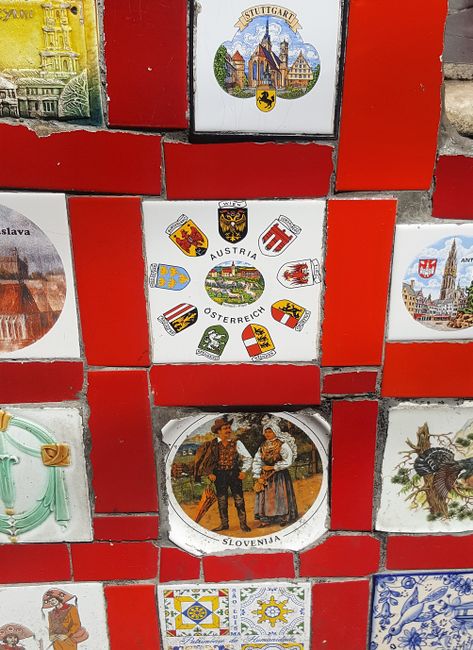
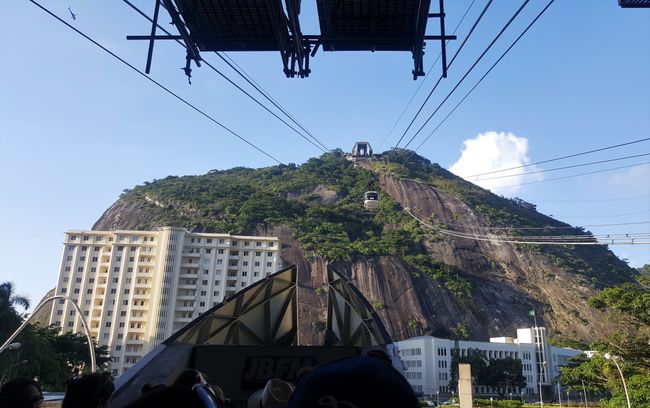
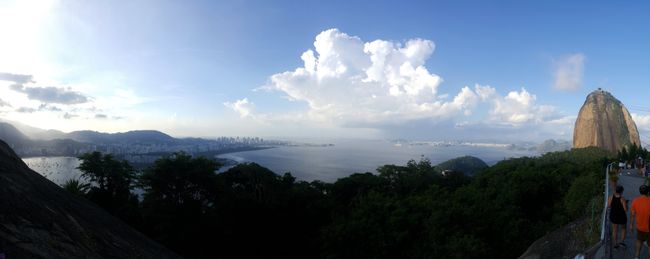
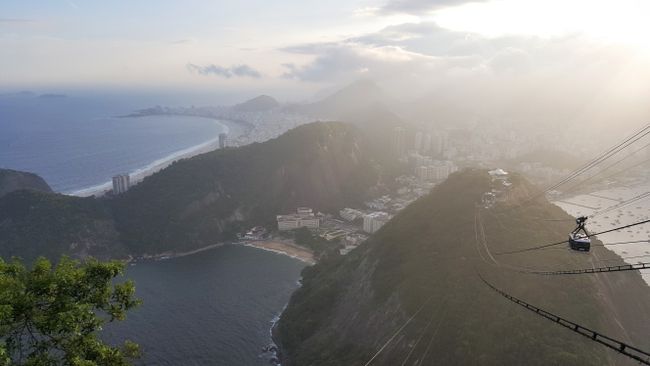
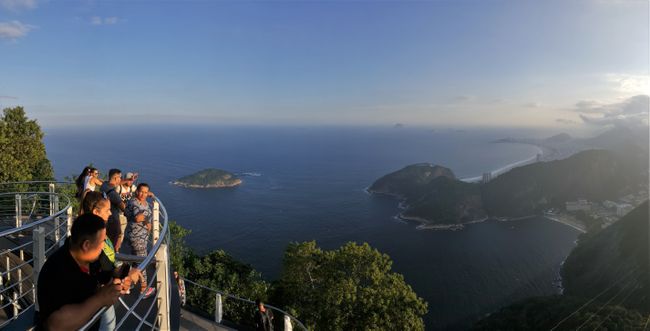
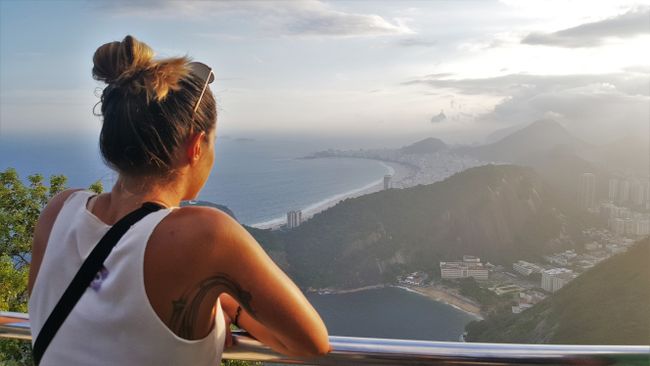
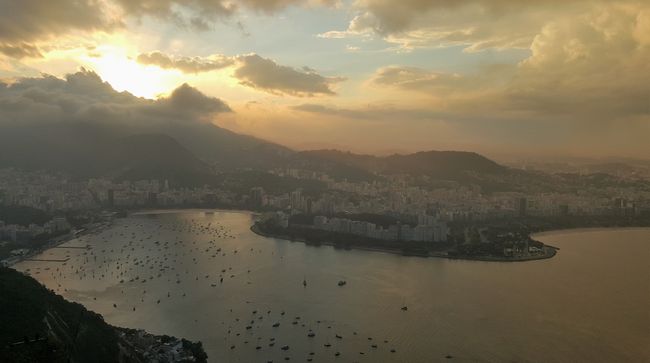
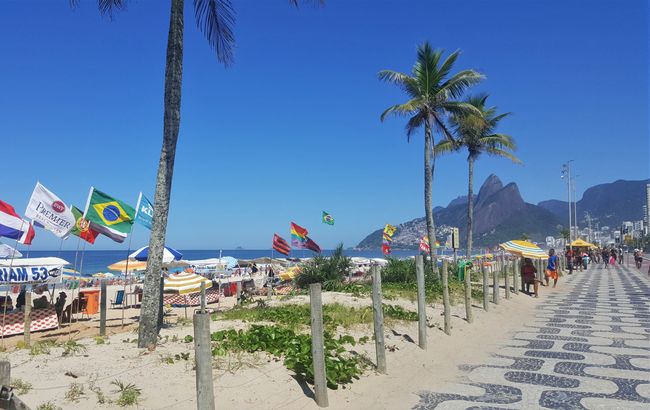
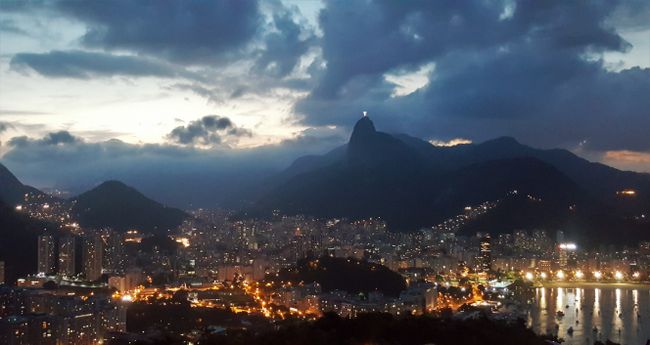
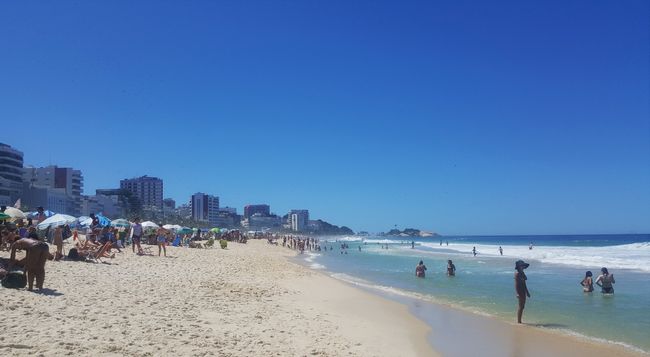

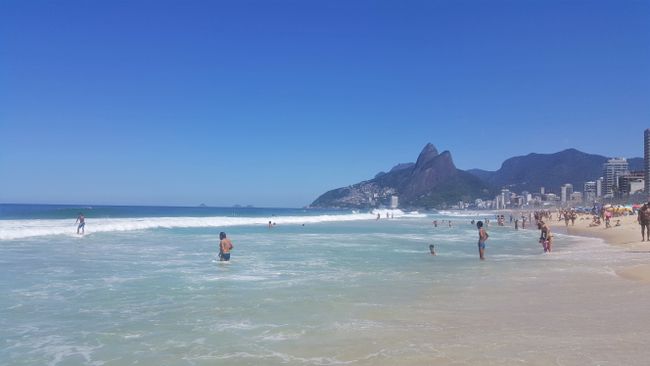
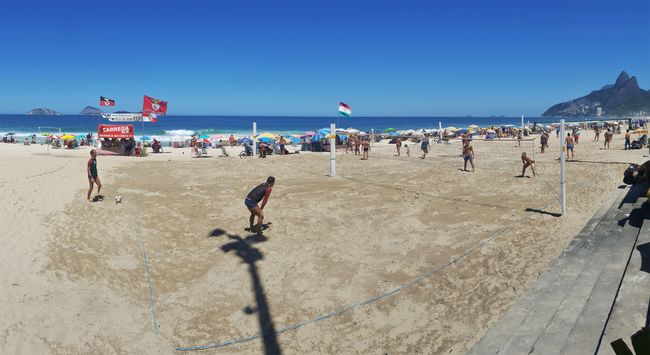
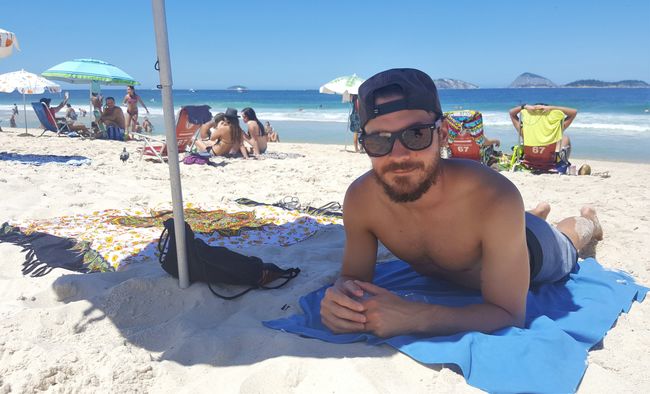
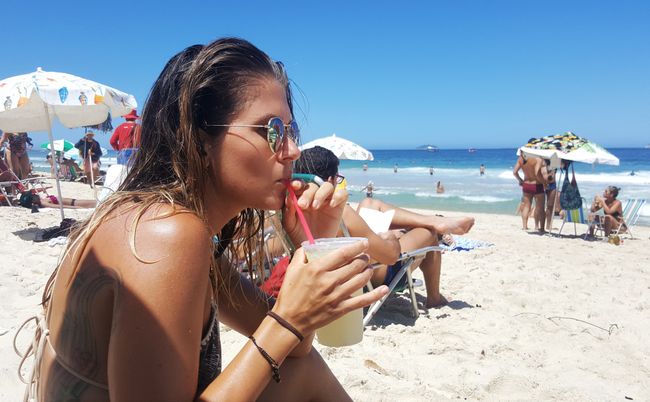
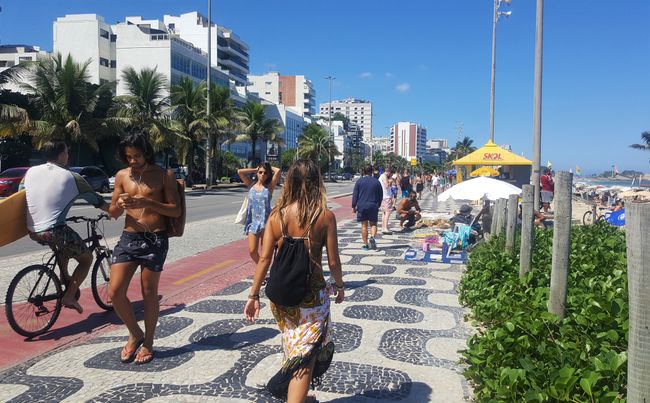
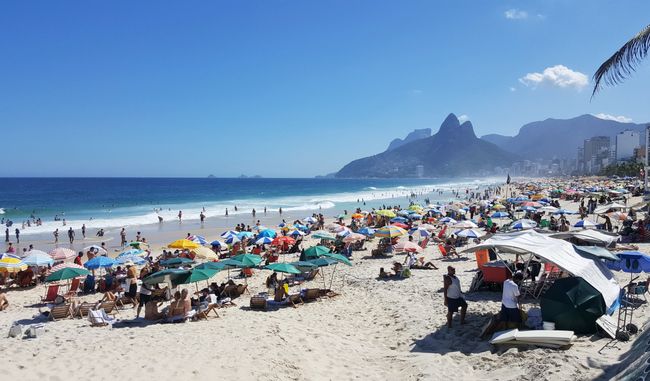
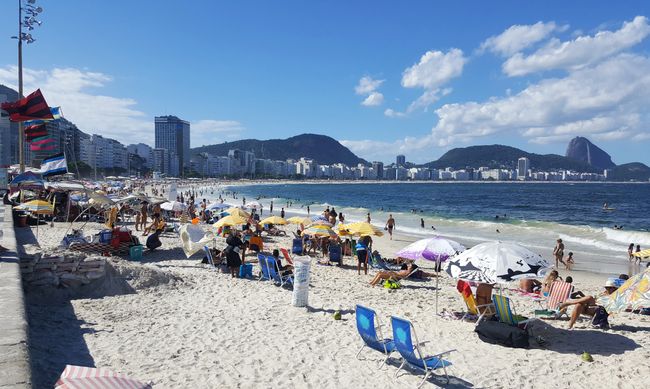
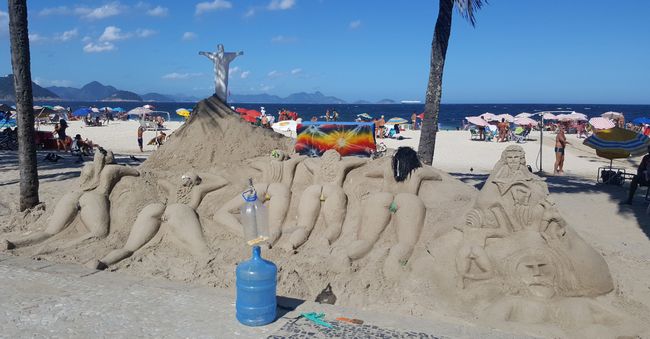

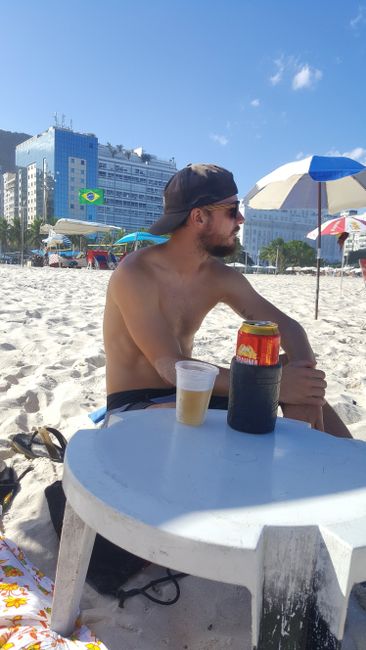
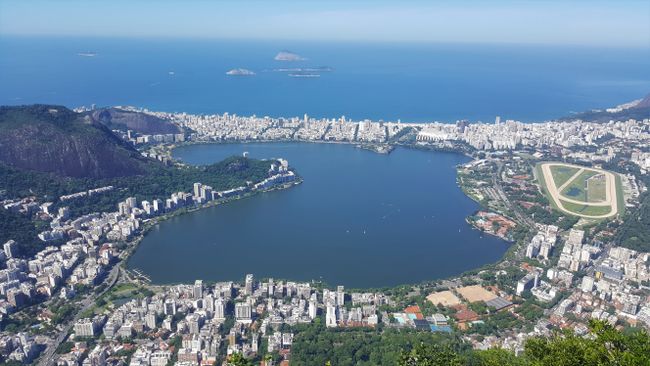
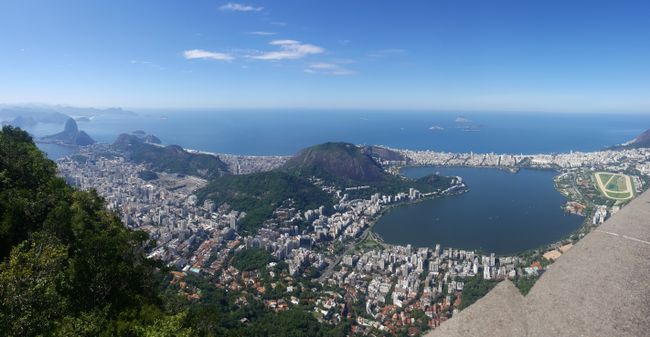
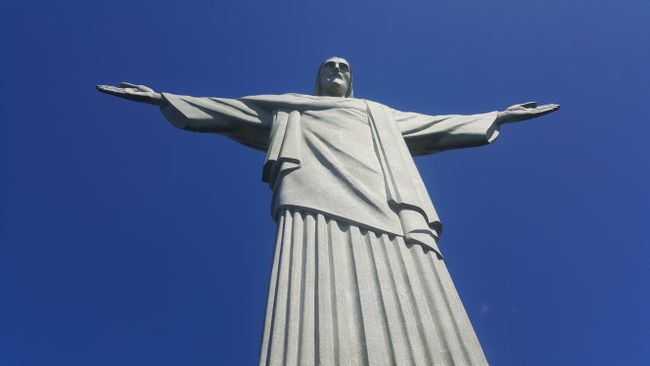
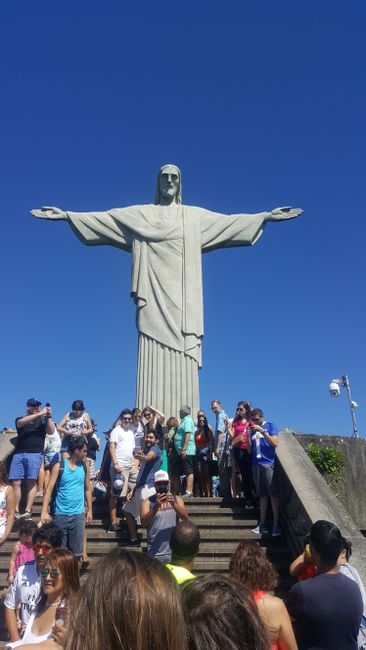
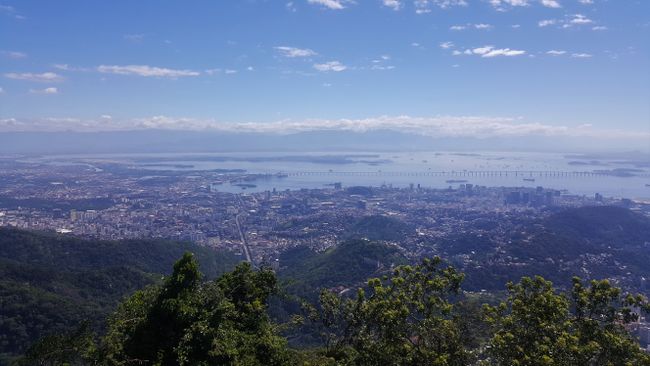
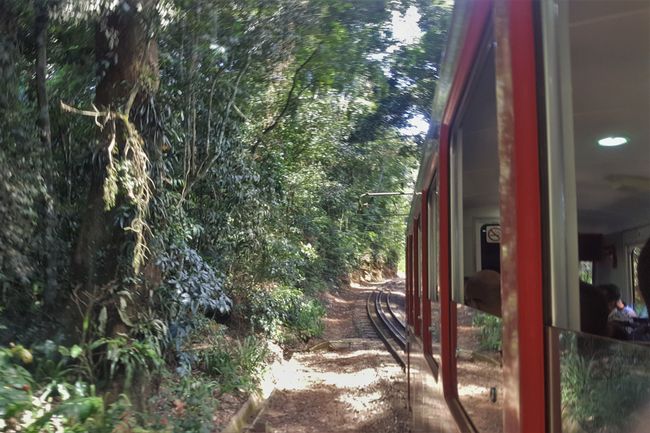
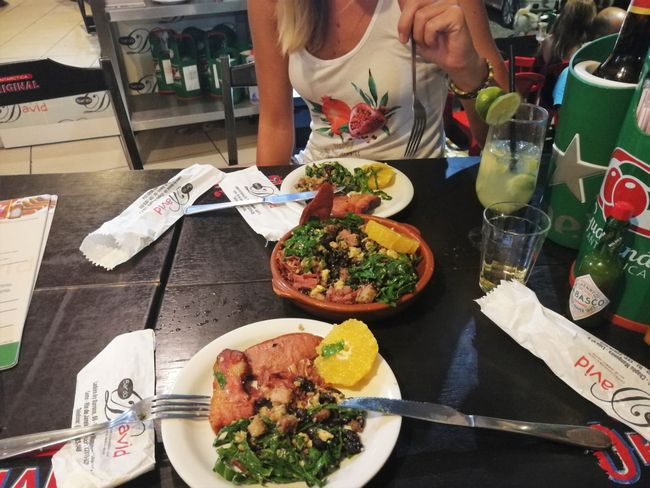
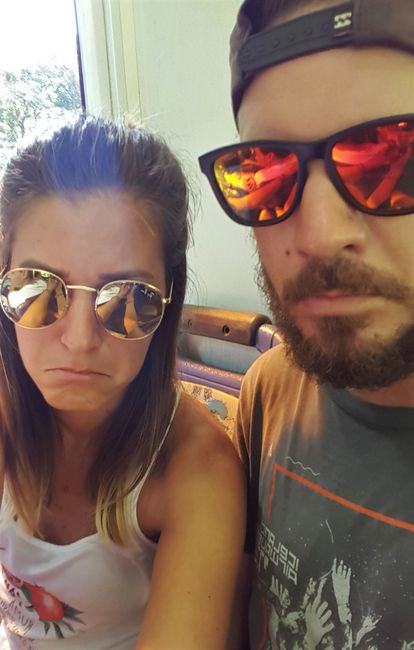
Sabskrip to Nyusleta
22/03 - 25/03
The final stop on our South America tour took us to Rio de Janeiro, the supposedly most dangerous place of our trip, if you believe the media. My concerned mother had been sending me newspaper articles about the security situation in Rio. One time, it was announced that the Brazilian government sent the military to Rio to ensure public safety. Another article - a week before we arrived in Rio - informed us that a local politician was executed in her car in a hail of bullets. All of this inevitably made us feel a bit tense about Rio. On the other hand, a friend of ours had lived in Rio for three months and had nothing to complain about in terms of safety. So we were curious to see what this controversial metropolis had in store for us.
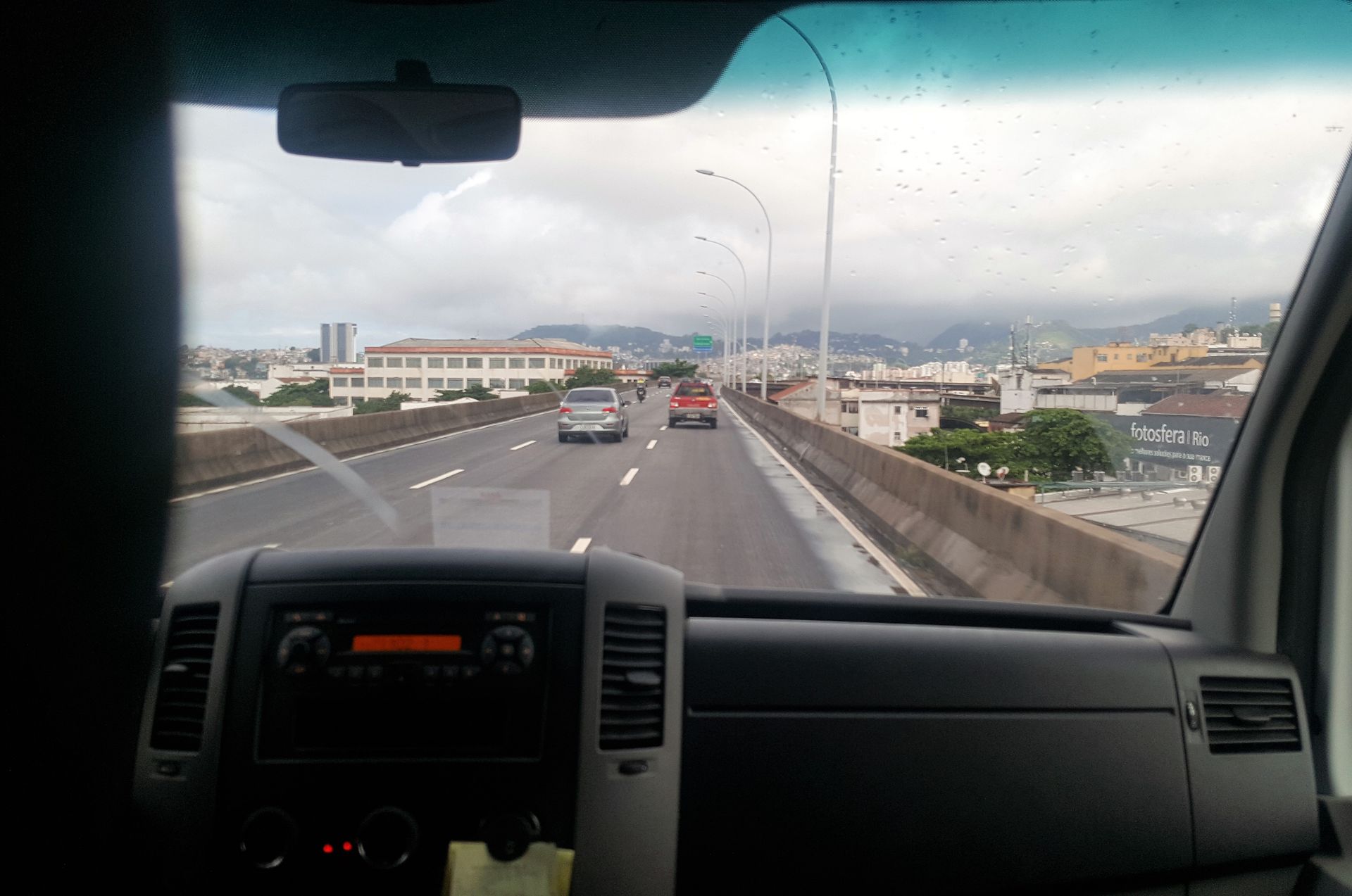
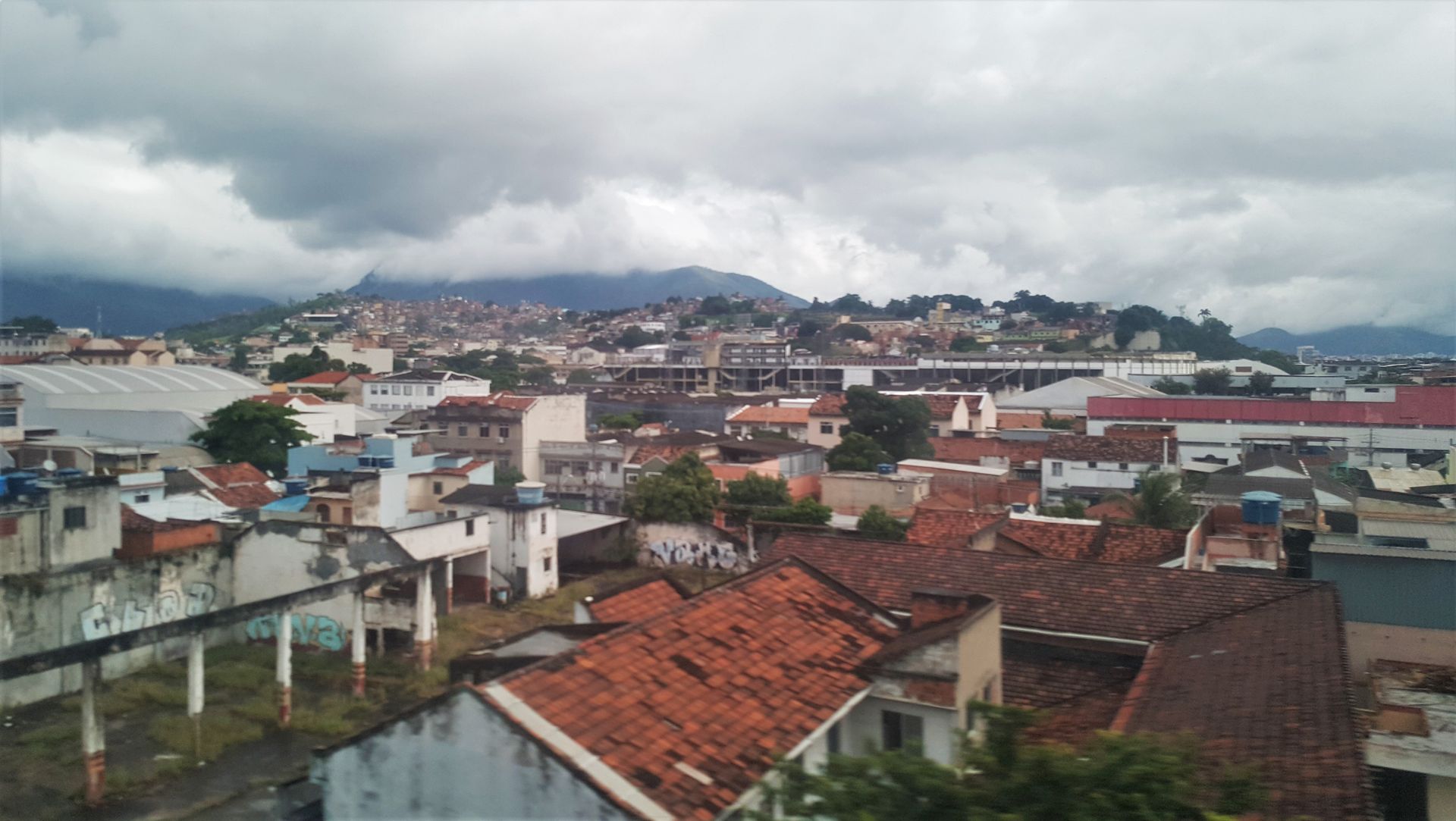
Just as we had arrived on the island, we left it again: by boat and minivan we made our way to Rio de Janeiro. We had booked door-to-door transportation, which brought us almost to the doorstep of our hostel. The first impression of Rio, as we drove on the highway towards our neighborhood, was somewhat gloomy. We passed countless favelas, marked by lots of concrete, trash lying around everywhere, and visibly recognizable poverty. Perhaps the rainy weather made the surroundings appear even more gloomy than they would have been in sunshine. We hadn't been in a big city for a while and had spent most of our time in Brazil in beautiful, green landscapes.
As a conclusion, we treated ourselves to a relatively expensive accommodation. We found an extremely well-rated hostel in the small neighborhood of 'Leme', which was right next to Copacabana beach and therefore not far from the sea. What we didn't know was that Leme is located exactly between two favelas. There is also only one not even two-lane and very steep road that winds its way up the hill to our hostel. At check-in, the hostel owner explained the security situation to us immediately. We were indeed between two favelas, but both were one hundred percent safe and we could move around there day and night without any worries. We thought that was good!

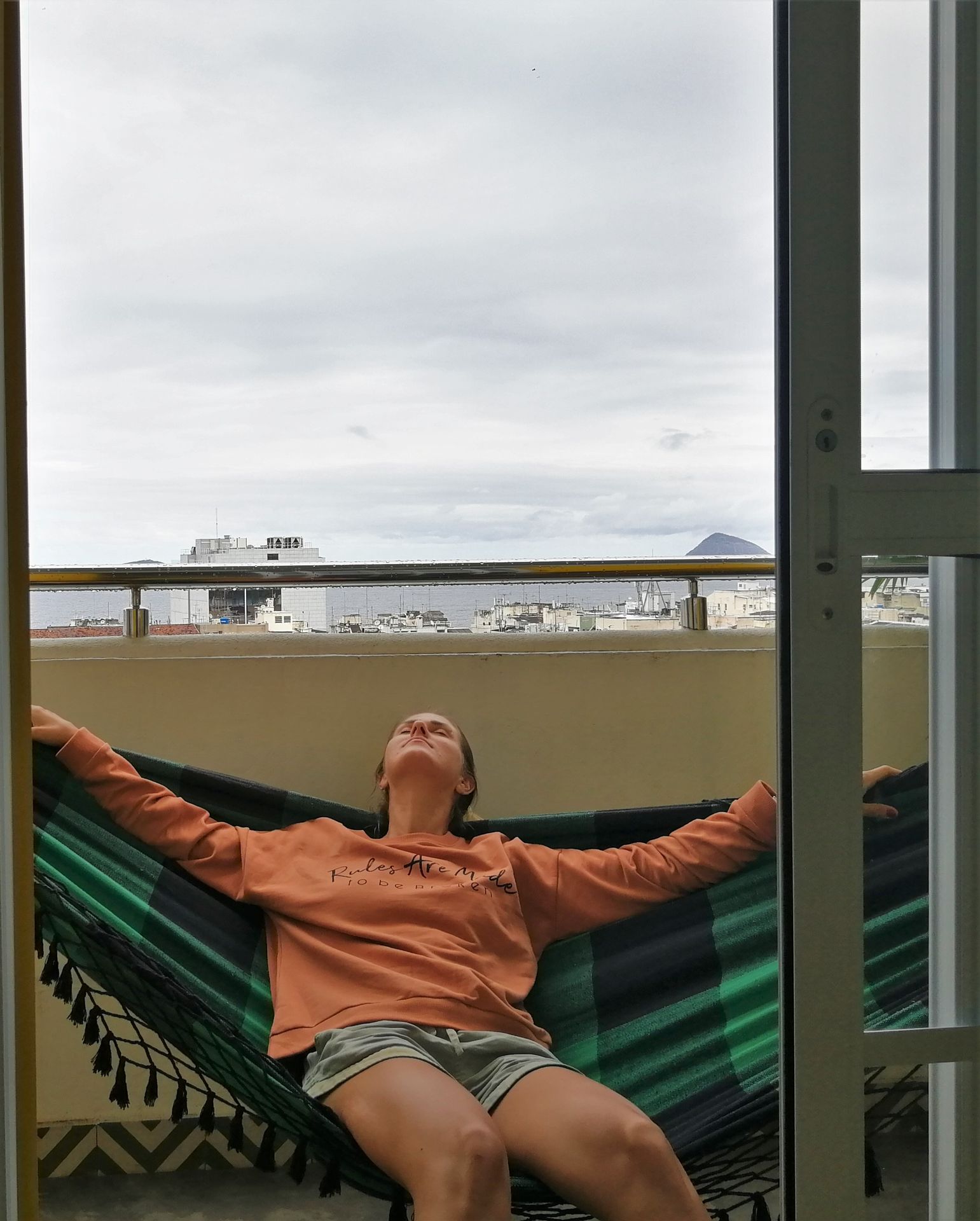
After the journey, we rested a bit in the room and enjoyed the great sea view from our own balcony. We didn't have any more plans for the rest of the day and decided to only go out for dinner in the evening. My mother had recommended a restaurant to us, which was located at the top of the adjacent favela 'Babilonia'. So we walked up the only street and followed the navigation on our phone. Eventually, the street ended and we had to switch to narrow, winding stairs to continue up the hill. We weren't quite comfortable with that, but according to the GPS, we were on the right track. While I was checking the route on my phone, I suddenly heard Emi say, "The guy up there has a gun!". I immediately looked up and saw two figures standing about 20 meters away from us, one of them holding something black and shiny in his hand. Instinctively, I turned around and wanted to go back immediately. We hoped that the guys would just leave us alone, but suddenly we heard them call something. At that moment, our hearts almost stopped, but we didn't really have a choice but to react. Running away was not an option. When we turned around, we heard the two men say with a friendly smile, "Tudo bem, tudo bem!" - "Alright, alright!". They waved us up to them. Before we went up to them, Emi wanted to inform them from a distance that we were only looking for the restaurant. However, she only managed to say "Restaurant?". As we got closer to the two men, we told them that we wanted to go to the restaurant 'Estrella de Babilonia' and they politely explained the way there to us in Spanish. The guy with the gun also tried to reassure us and said, "No arma" - "no weapon". But we didn't really believe him....
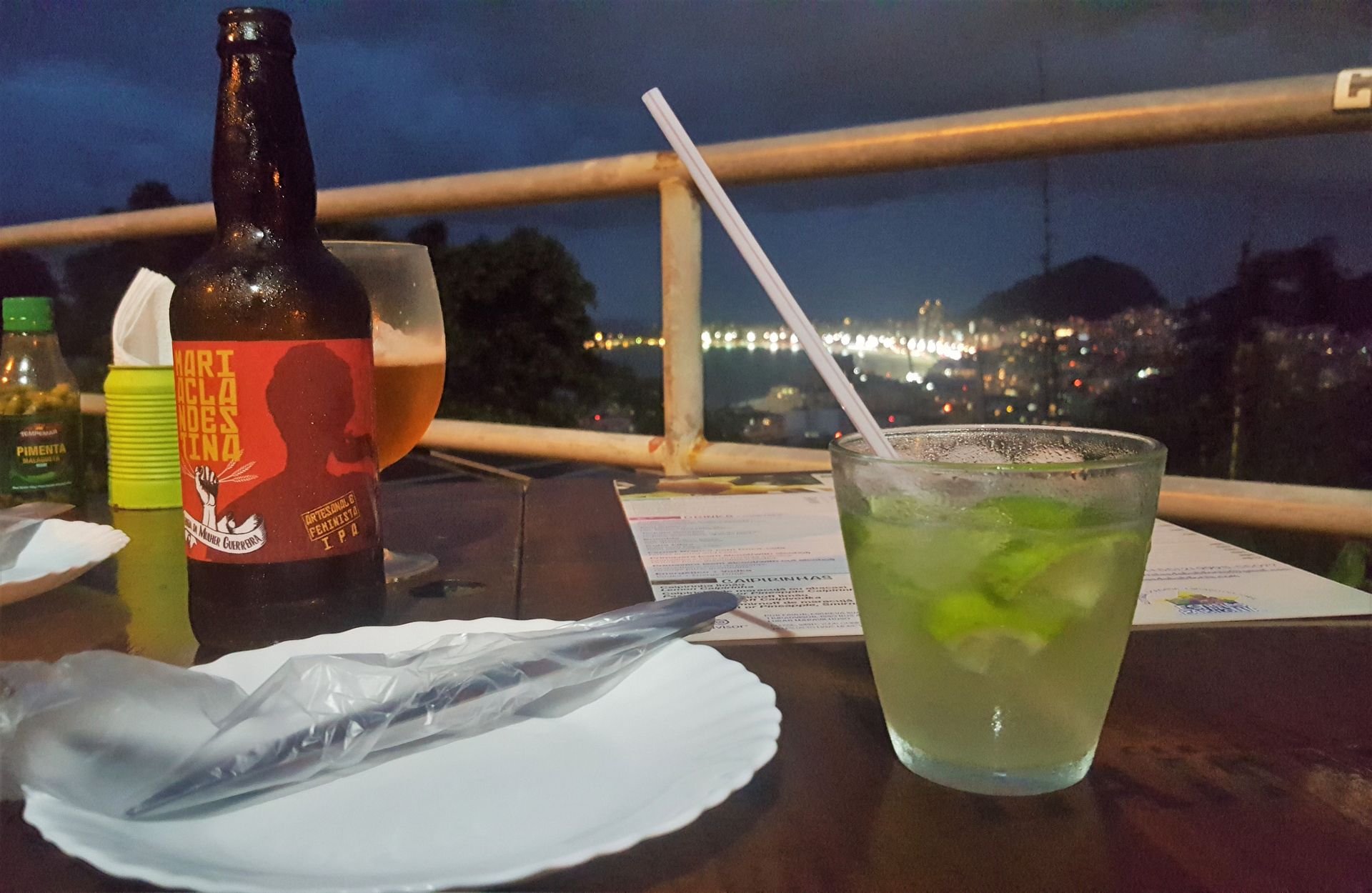

A short time later, we were actually sitting on a small balcony in the middle of the favela and studying the menu. When we arrived there, we immediately ordered a round of Caipirinha and beer to calm our nerves. Even in the favela, beer lovers can enjoy craft beer. While we were having a really excellent dinner, we could admire the Copacabana and the illuminated Christ the Redeemer statue in the distance the whole time.
After dinner, the restaurant owner - an emigrant from Belgium - came to our table and asked us how we had heard about the restaurant. We told him that we had just arrived in Rio and my mother had recommended this restaurant to us. He was excited that we ventured into the favela on the first day. To emphasize once again that we were really in a favela, he told us that while we unsuspectingly enjoyed our dinner, a guy with a machine gun had walked by behind us. But he said that was nothing we had to fear, because there are some armed men in Babilonia who are members of the largest drug gang, but they are also responsible for the public safety of the favela residents. Each favela has several social rules - such as no violence against women and children, no violence against tourists, and no sexual assaults, etc. - which are taken very seriously and enforced by these armed guys. As tourists, these men are our security and they would do everything to keep us safe. After all, we clearly look like Gringos and therefore like tourists, the Belgian said. His explanations matched the experience we had on our way up, and we relaxed. He further explained that the favela residents themselves feel much safer at the top of the favela than "down there" at Copacabana. The dangerous places are there, because nobody watches over you and you can easily be robbed.
So we left the restaurant with a much more pleasant feeling and in the darkness made our way back home. At an intersection, we met two guys again, one of them with a gun in his hand, dancing happily to Reggaeton music. Emi greeted him very friendly with 'Hola!', he smiled and said 'Hola!' too, and we casually walked past them, as naturally as possible. On the rooftop terrace of our hostel, we treated ourselves to a 'We survived the first day in the favela' drink and reviewed the really exciting evening.



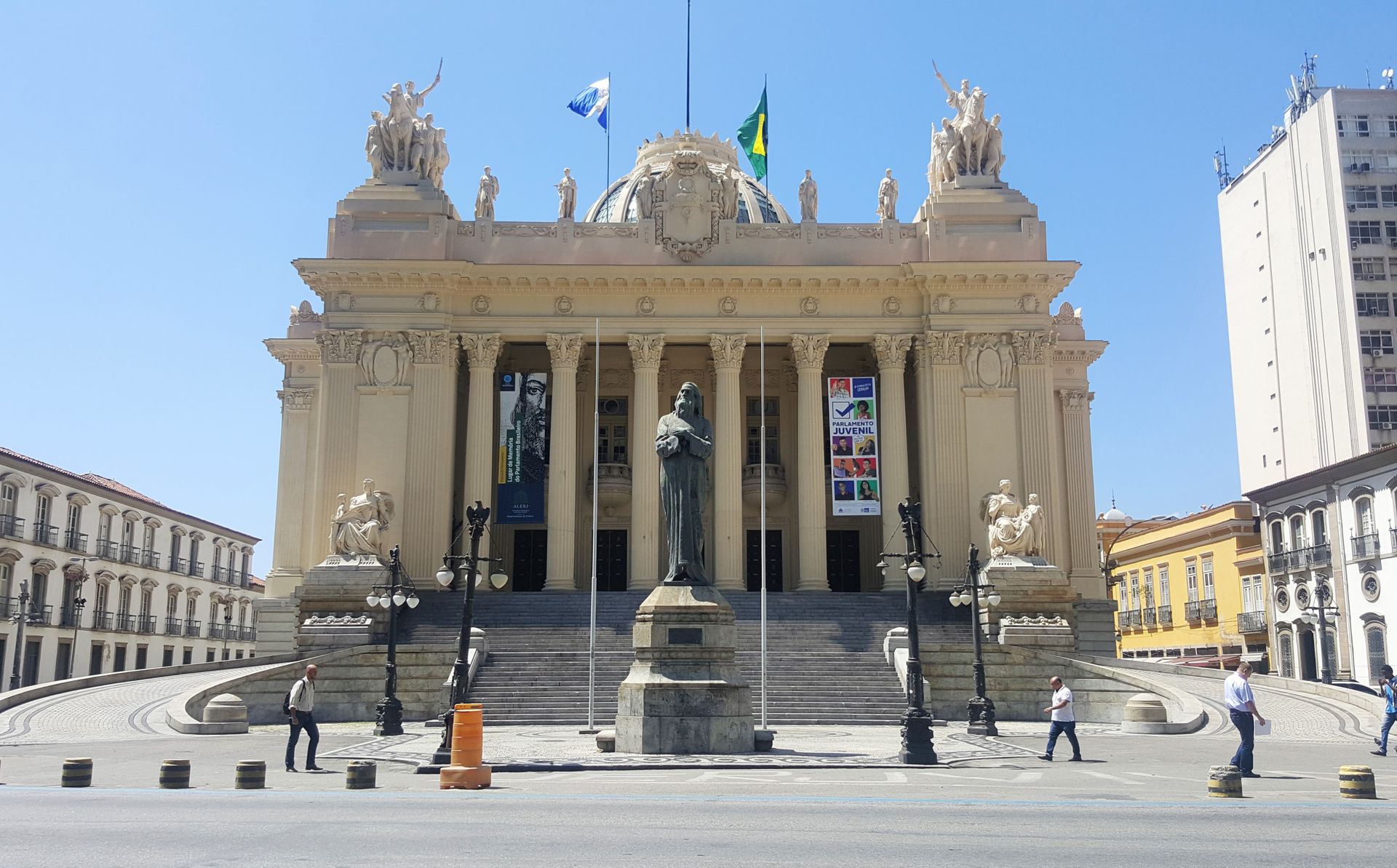

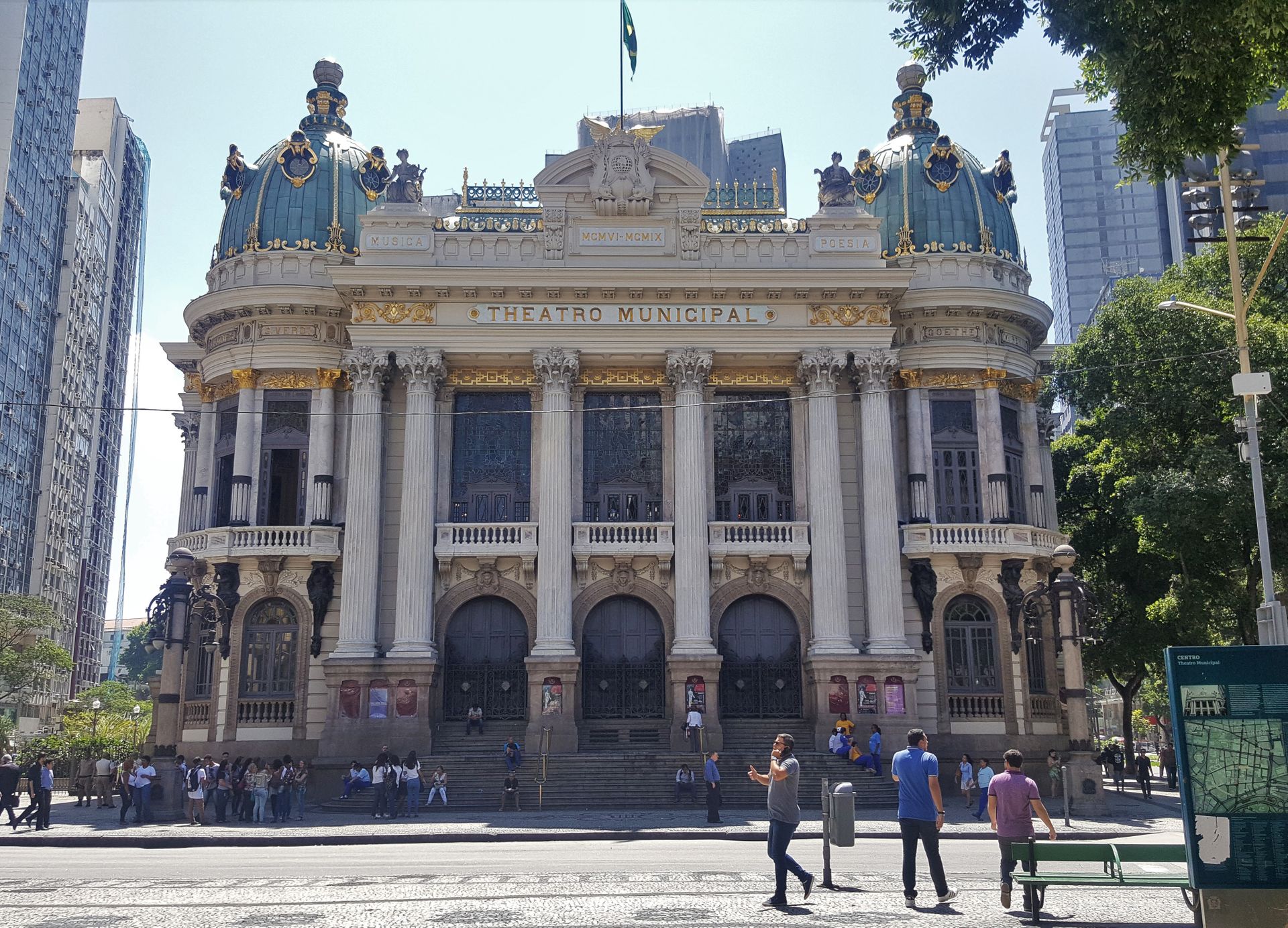

Since we only had three days in Rio de Janeiro, we focused on the most important sights. The next morning, we went to the historic city center - the neighborhood of 'Centro' - and took one last free walking tour. The tour guide Nicole told us a lot about the history and development of the city. While strolling, we could admire some really beautiful buildings among the many skyscrapers. We made a short culinary stop at one of the best pastry shops in the city and were able to taste some of their offerings. Emi tried the 'Brigadeiro' recommended by Nicole - an incredibly rich chocolate ball.
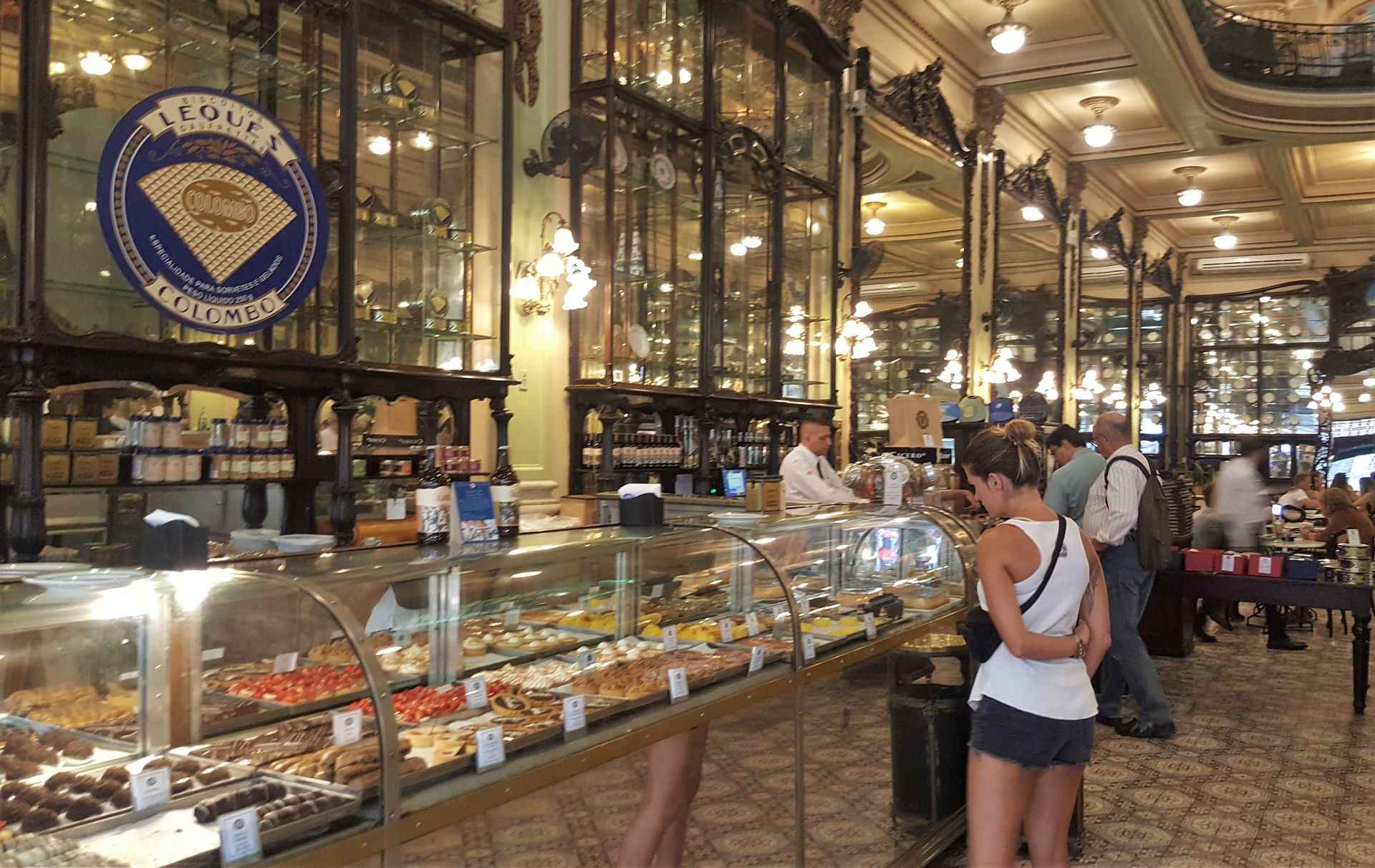

The tour ended at the famous 'Selarón Steps' in the neighborhood of Lapa. These are the stairs leading to the neighborhood of 'Santa Teresa', which the Chilean artist Jorge Selarón covered with tiles in the colors red, green, yellow, and blue at his own expense. He made the design of the steps his life's work and received many threats for it - not everyone liked his embellishment. In 2013, his body was found on the steps and his death remains unsolved to this day.

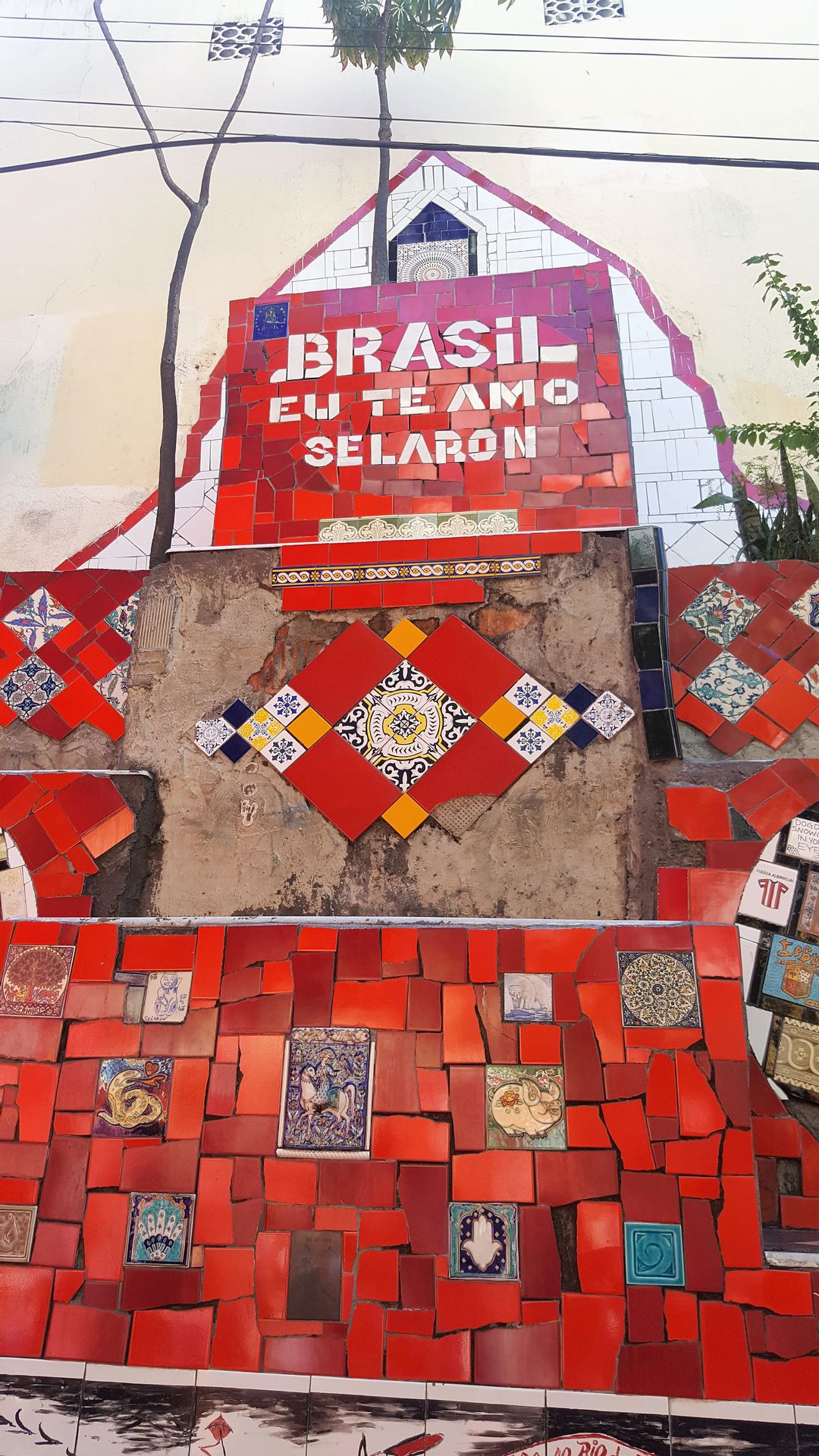


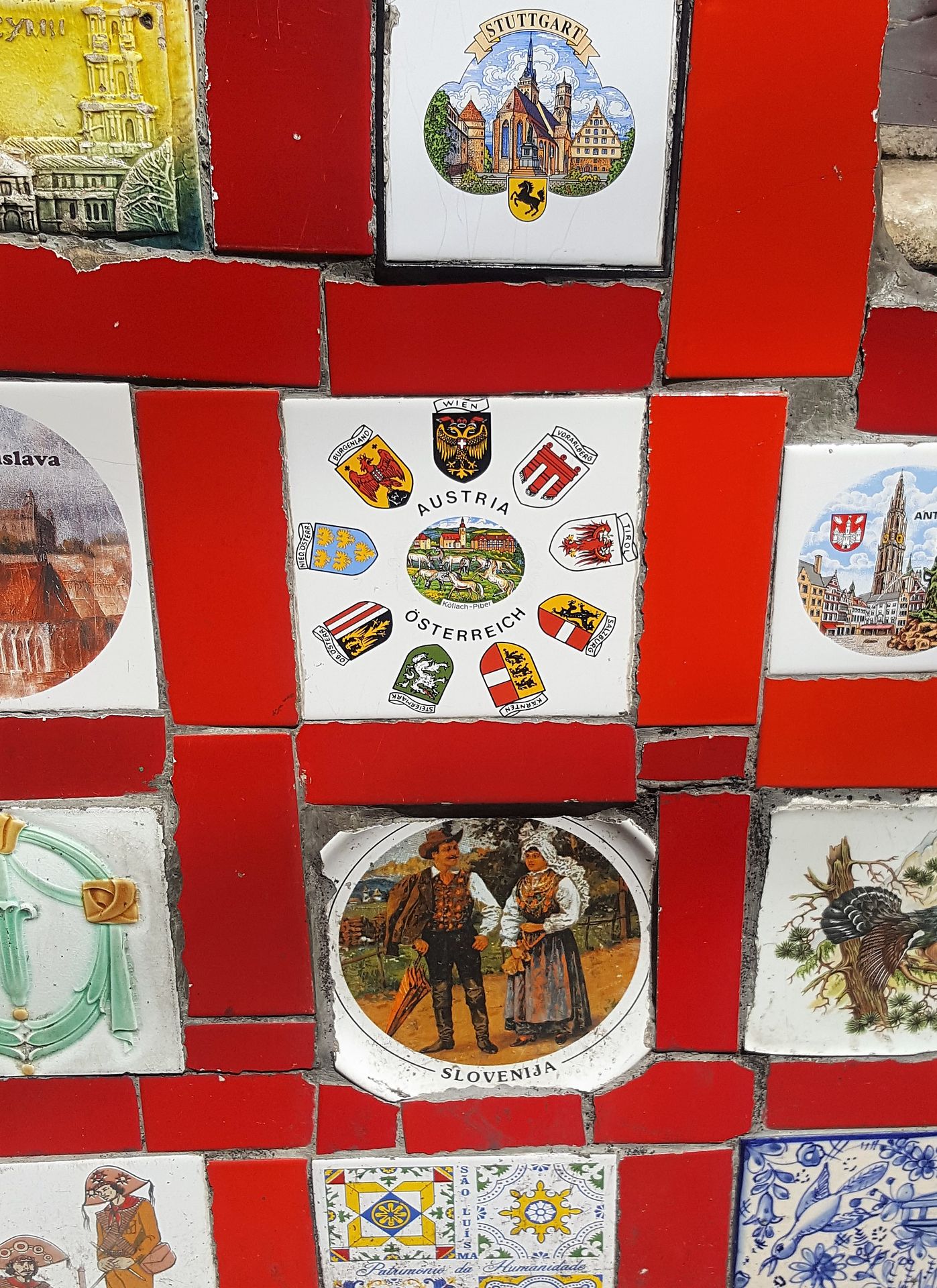
Since the steps are world-famous, there were correspondingly many other tourists there, so we quickly found the Austrian tiles, took some photos, and immediately made our way out again. We would have to deal with crowds of people later in the afternoon anyway when we visited the 'Sugarloaf'.
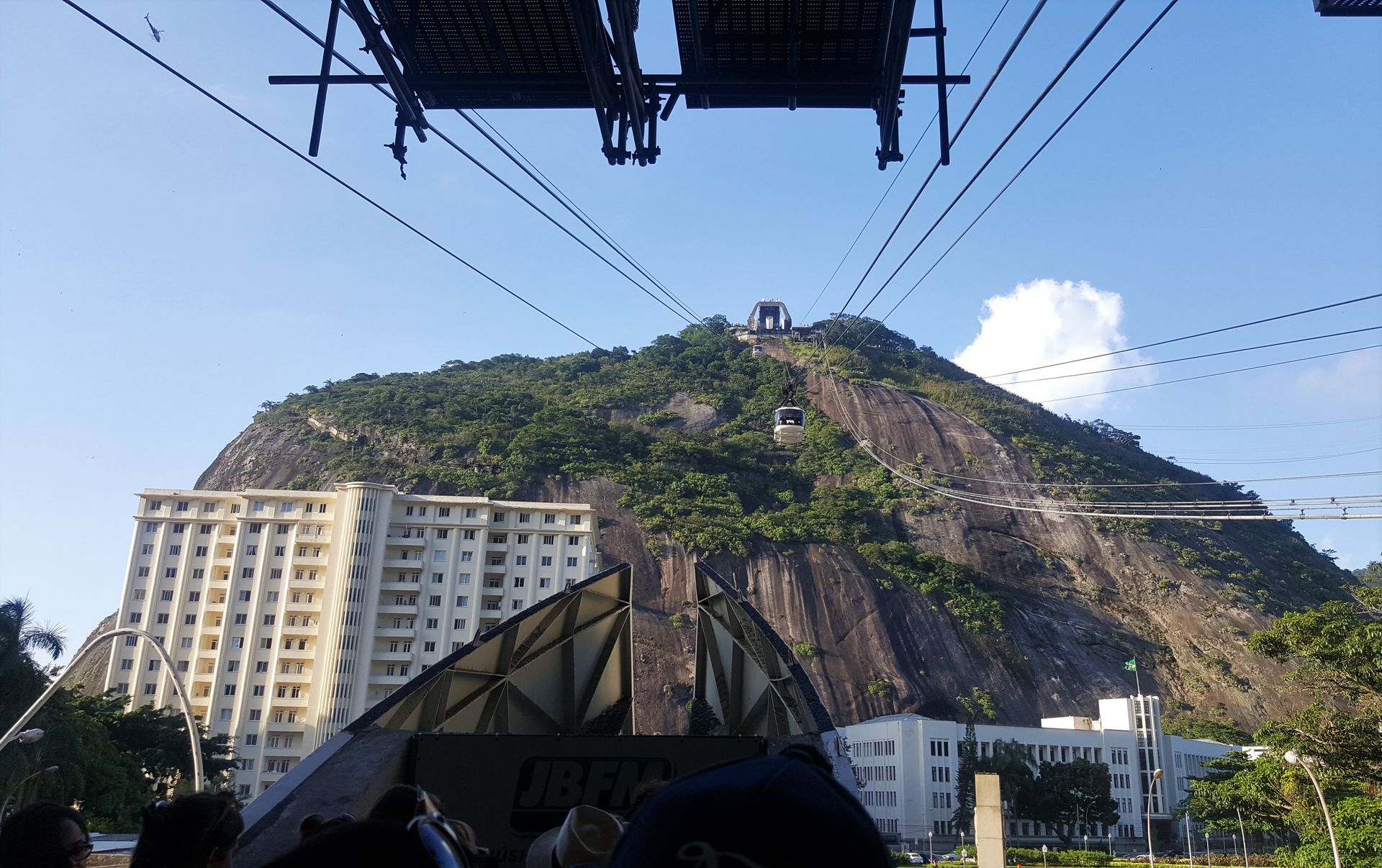

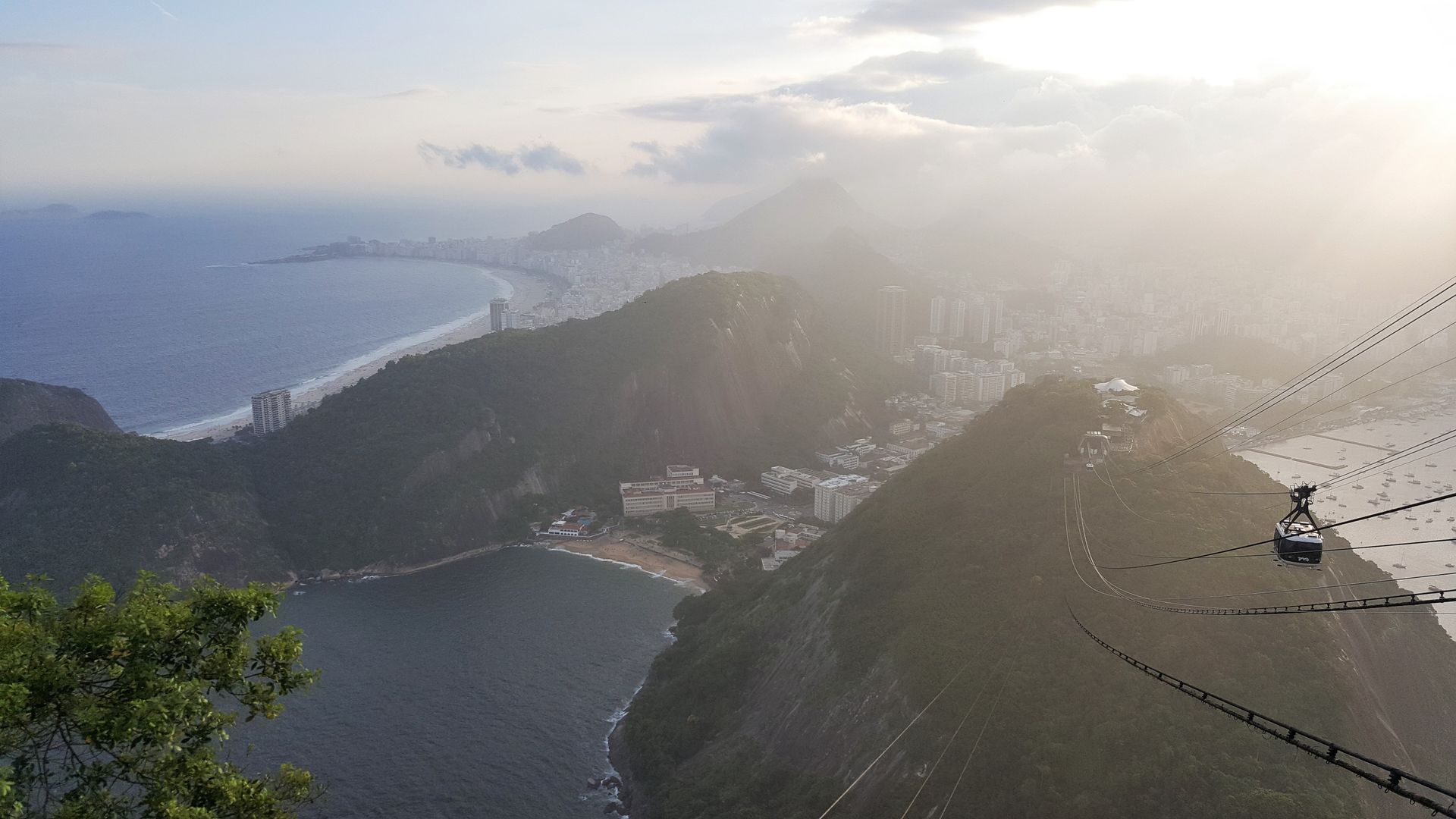
About an hour before sunset, we took the spectacular cable car up to the summit. It was a bit cloudy and we only saw the sun set behind a blanket of clouds, but the view was still magnificent. We had a fantastic panorama of Rio de Janeiro and for the first time became aware of the unique landscape of this city. The sea, the mountains, lagoons, forests, bays, etc. - all together a truly attractive combination! As darkness fell over the city and it turned into a sea of lights, we made our way back to our favela, exhausted but absolutely satisfied.
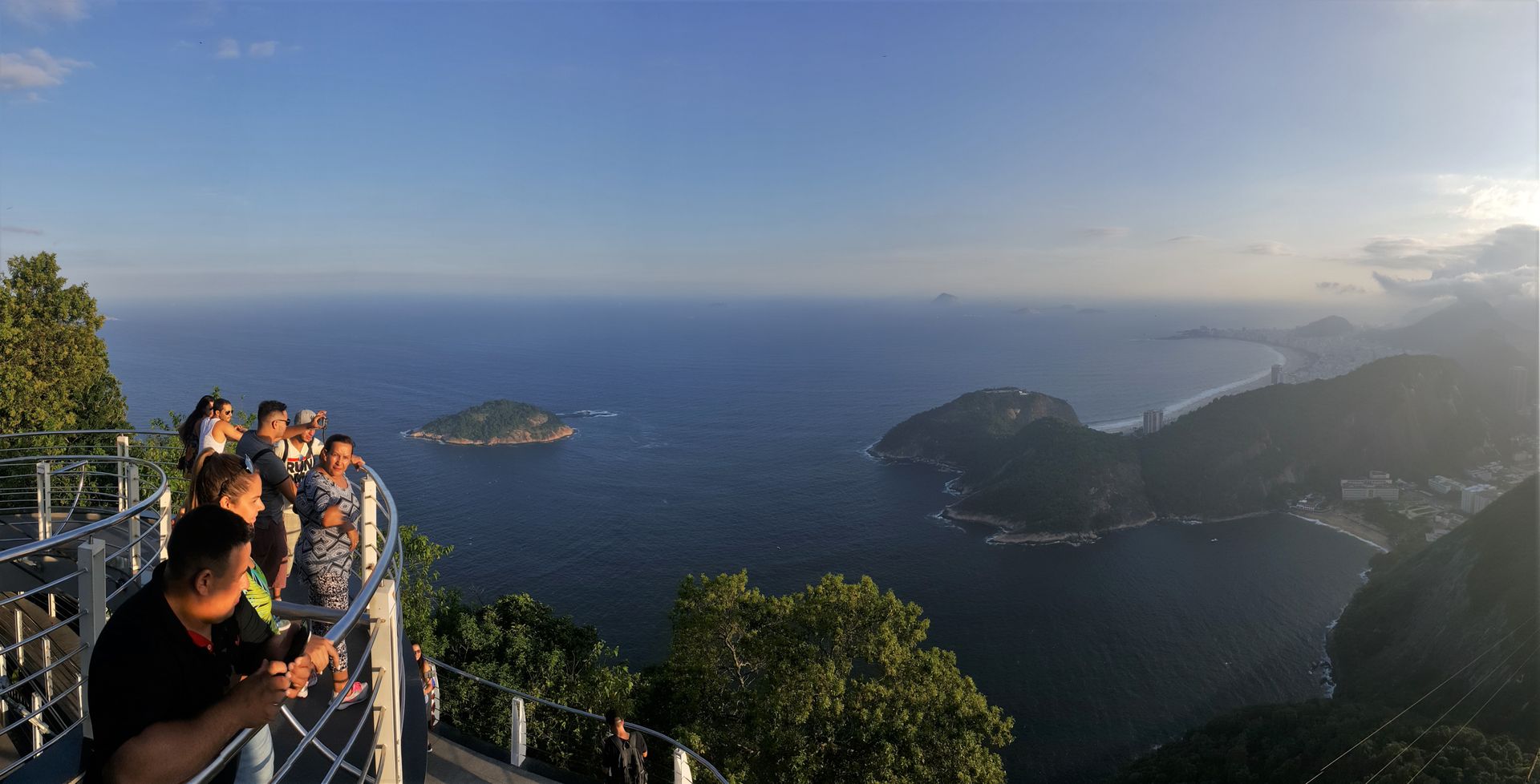

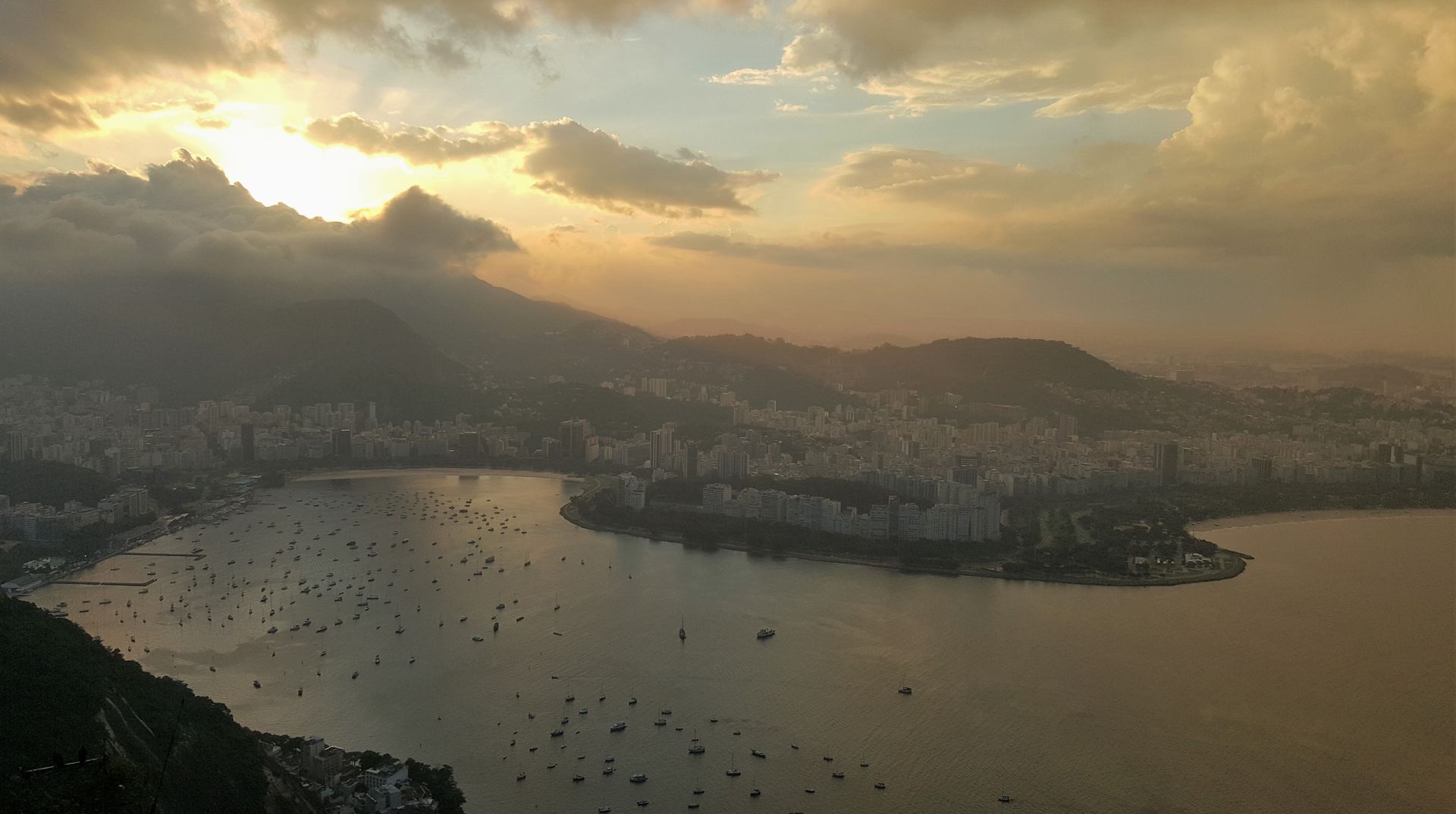

The next day, the weather was at its most attractive: bright sunshine and clear skies. It was Saturday and therefore the perfect time to visit the famous beach promenades of Ipanema and Copacabana. We had ourselves taken to Ipanema in beach attire and with just the necessary beach essentials, and strolled along the beach promenade there. After getting a first impression of the area, we found a suitable spot on 'Praia Ipanema' late in the morning.

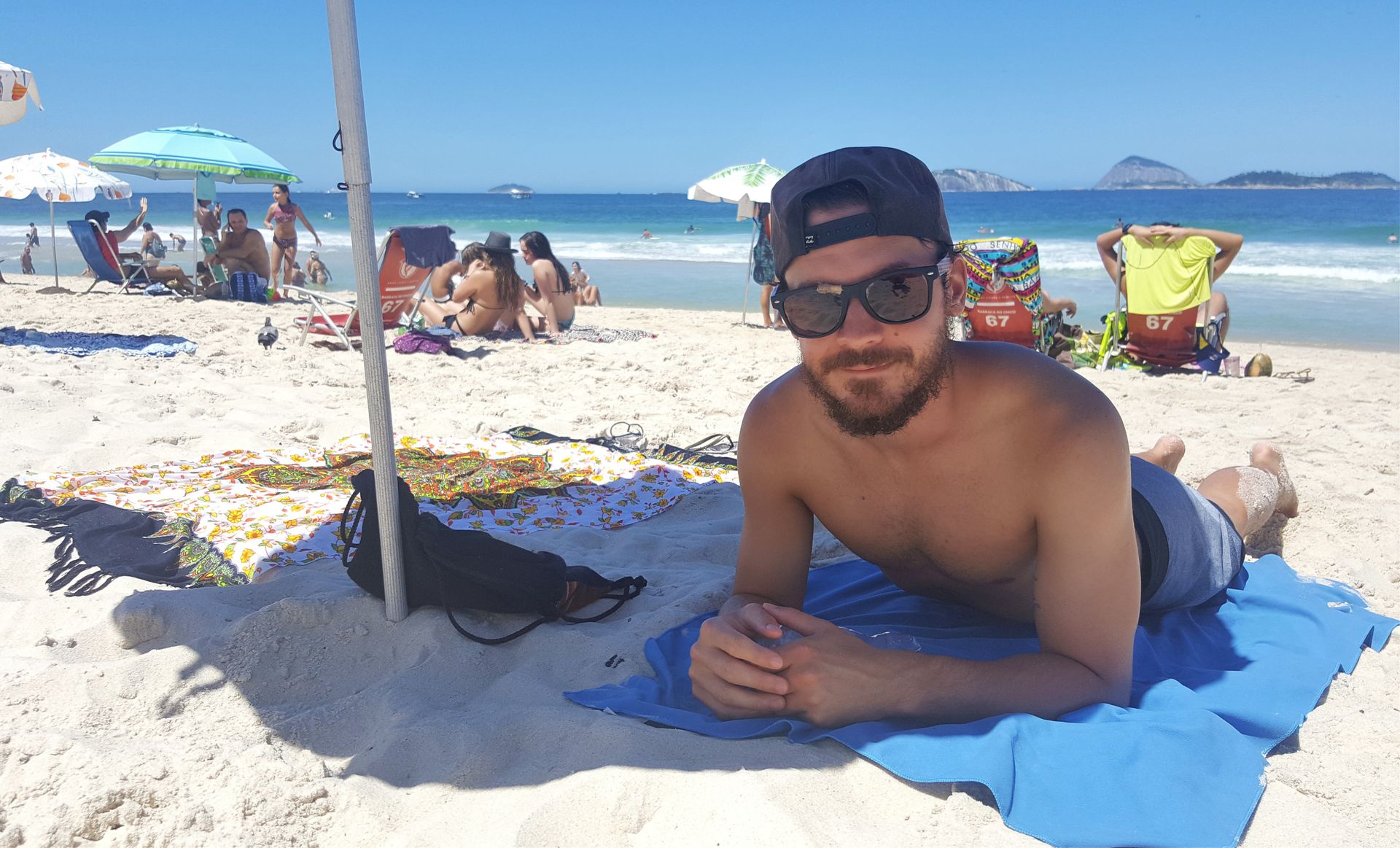


At the beach, one "kiosk" - a kind of improvised beach shack - followed another. At these shacks, you could rent umbrellas and beach chairs, and also order cool drinks. At our kiosk, we met the Brazilian Axel, who immediately started chatting to us in relatively good German and then brought us a parasol and supplied us with Caipirinha and beer. Of course, we weren't the only sun worshipers on the beach: the umbrellas and beach chairs were crowded together, but somehow that was part of the charm. In between, beach vendors weaved through the crowds about every 10 seconds, trying to sell all kinds of products - swimwear, sunglasses, jewelry, hats, ice cream, sausages, shrimp skewers, etc. - to the men and women.
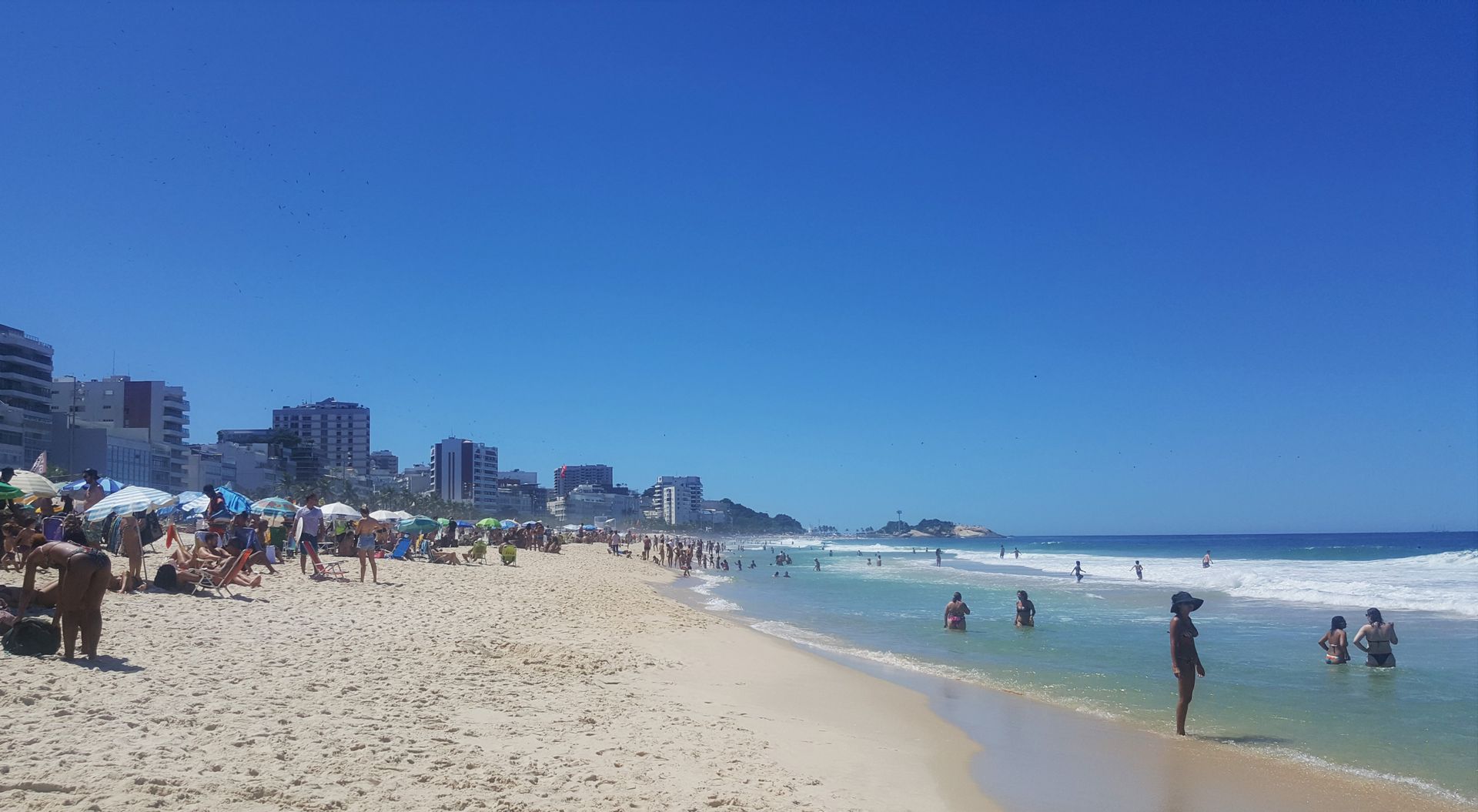
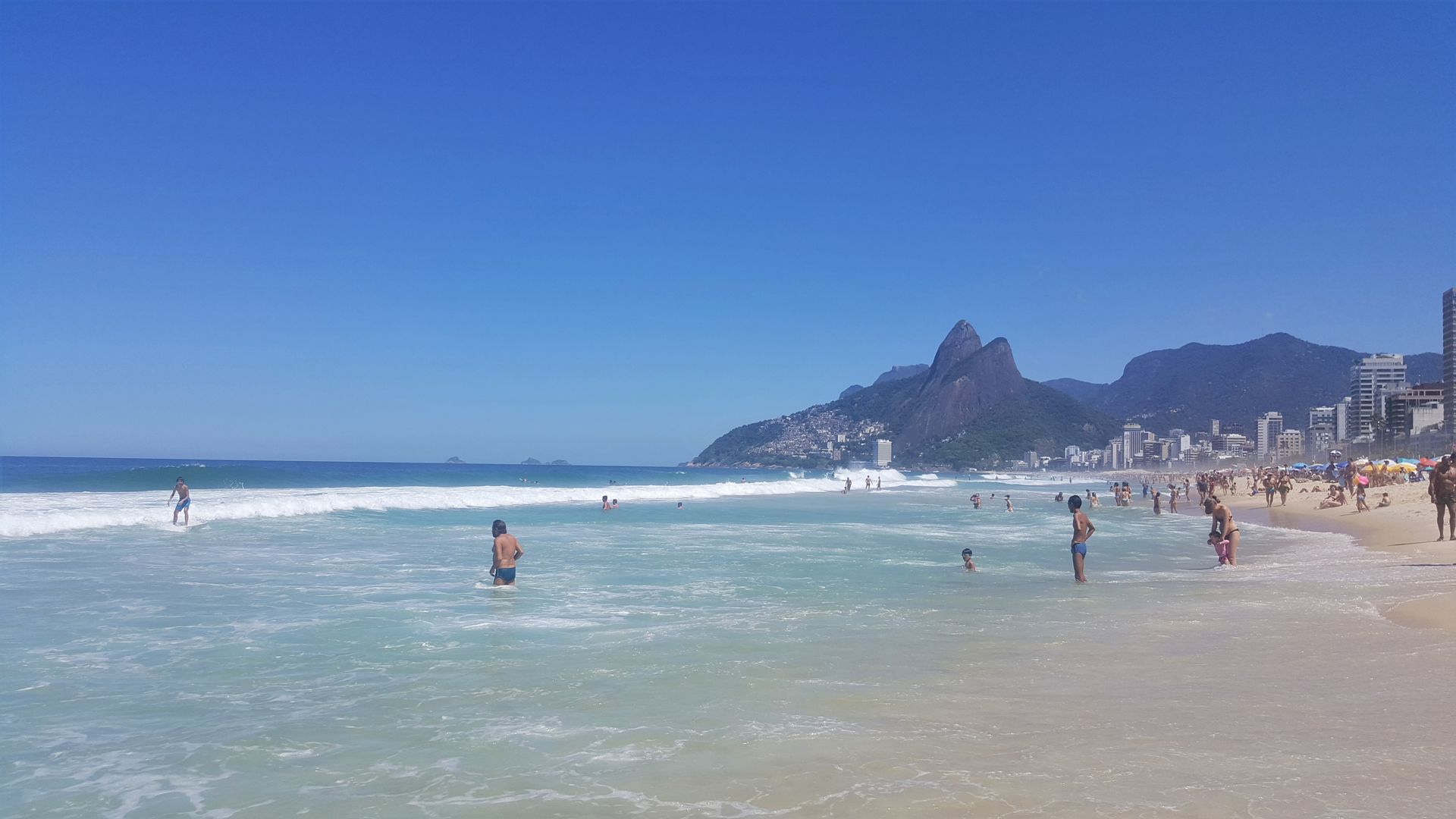

The sea was pleasantly cool, but the currents and waves were a bit rough. It wasn't really suitable for swimming, but some surfers were enjoying the waves. Boredom never arises here at the beach, there is always something to observe. There were many athletes around: cyclists, runners, inline skaters, beach ball players, beach volleyball players, and of course, soccer players. Soccer is an essential part of Brazil, of course! I was particularly fascinated by 'Futevólei' - a mixture of beach volleyball and soccer. As a fan of the beautiful game, I was able to admire some technical highlights here on the beach.
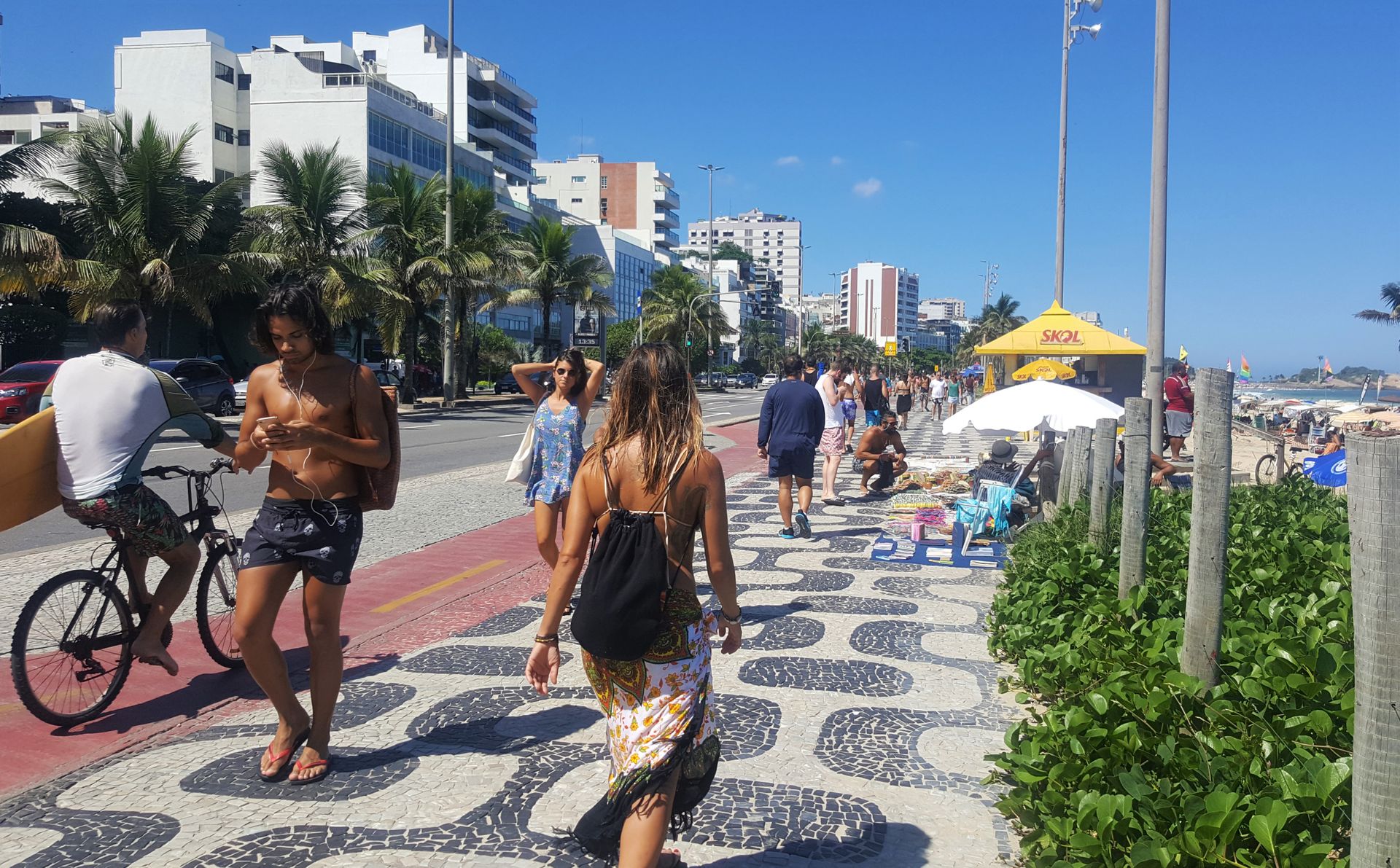
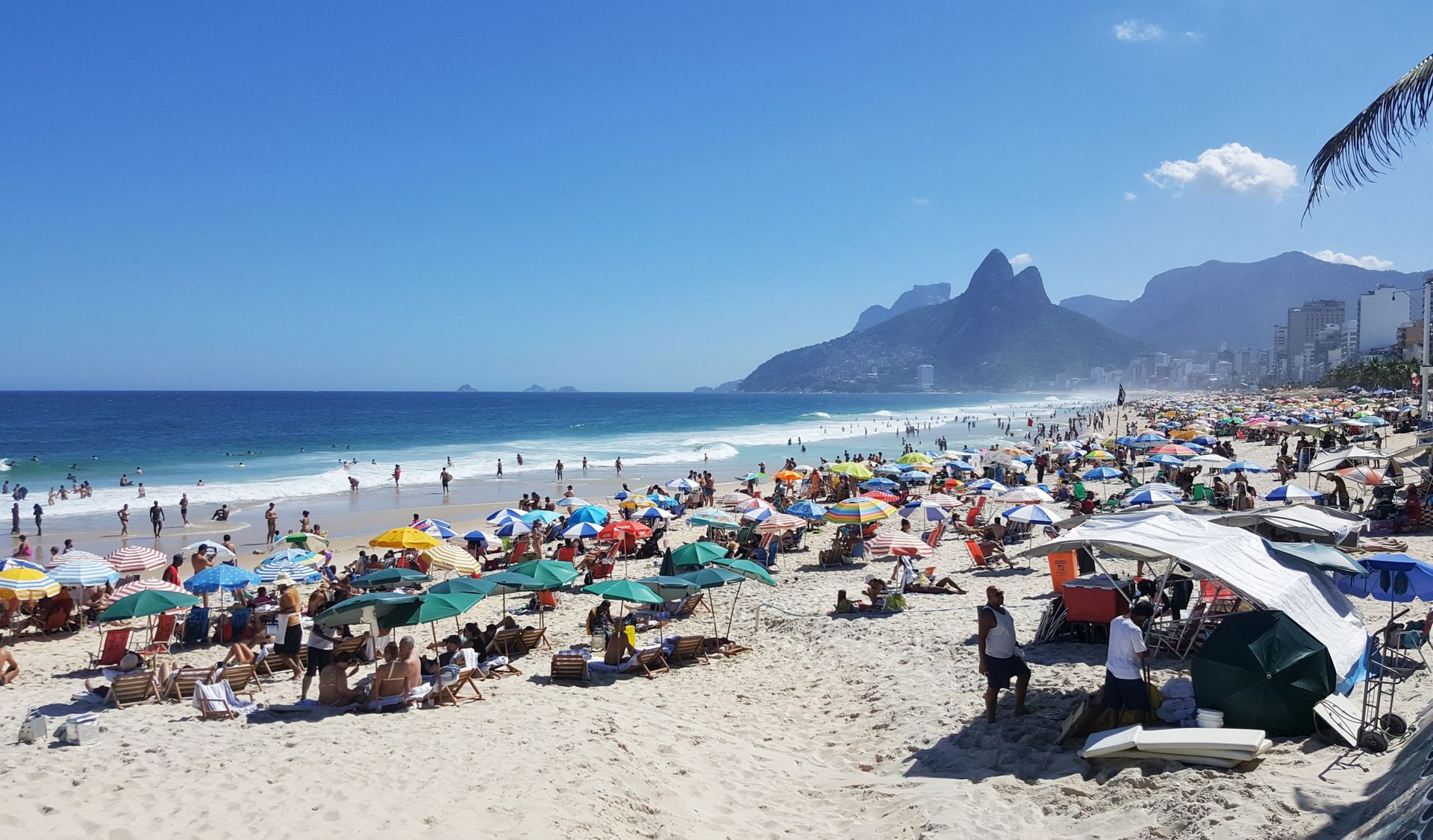

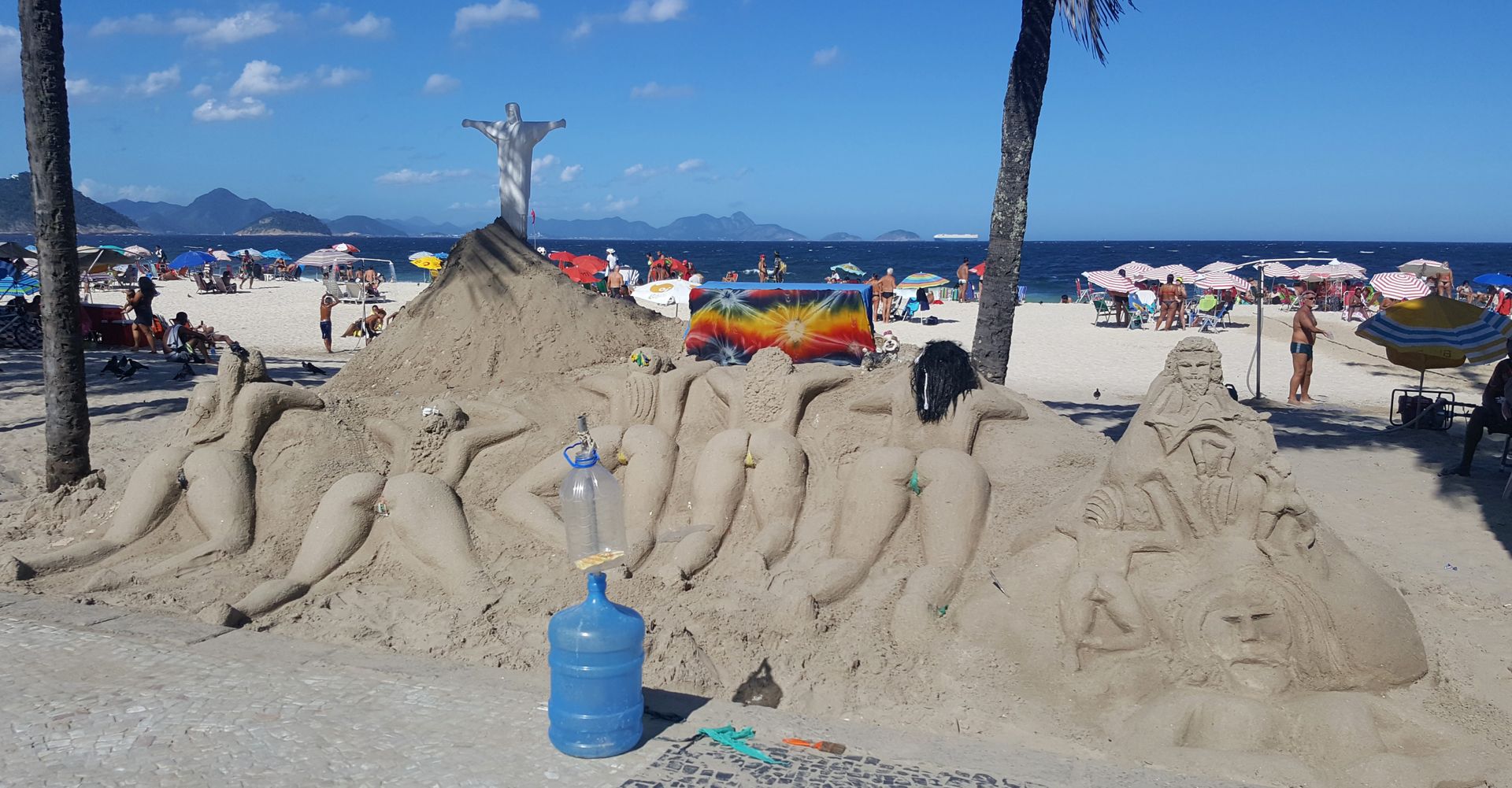


After a short lunch break, we changed from Ipanema to the famous Copacabana. We walked almost to its end in the scorching heat - that's almost 4 km - and found a nice spot on the sand beach there again. We left Copacabana in good time before nightfall and walked back to our hostel. The Belgian had told us that it is a very bad idea to stay on the beach in the evening, as the likelihood of being robbed is very high.

In the evening, we enjoyed one last dinner in the excellent restaurant 'Bar do David' in the other adjacent favela. We hadn't eaten as well and as expensively in Brazil as we had in the favela. With delicious Caipirinhas, we ended the second-to-last day of our trip and quietly said goodbye to Rio.

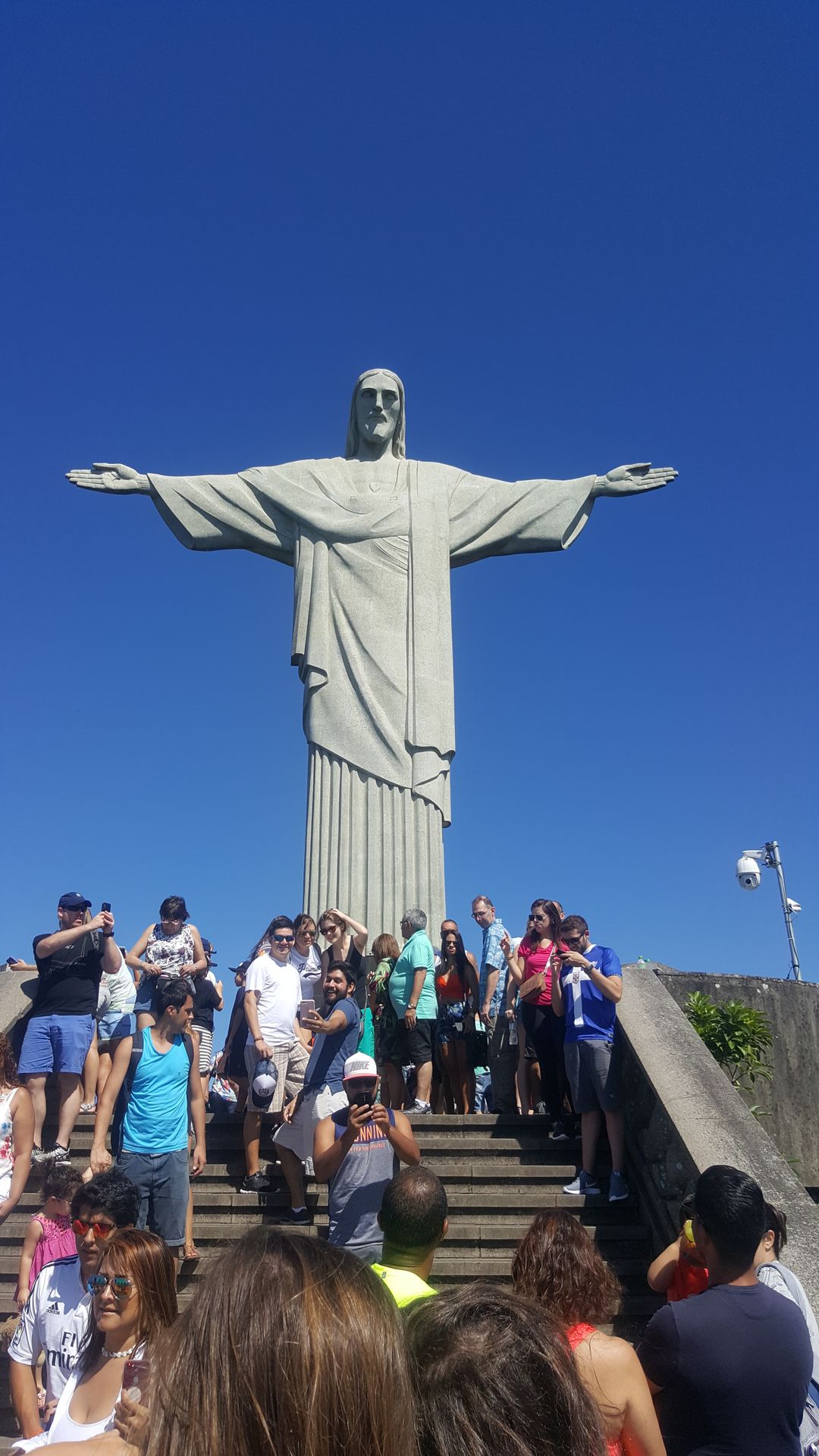

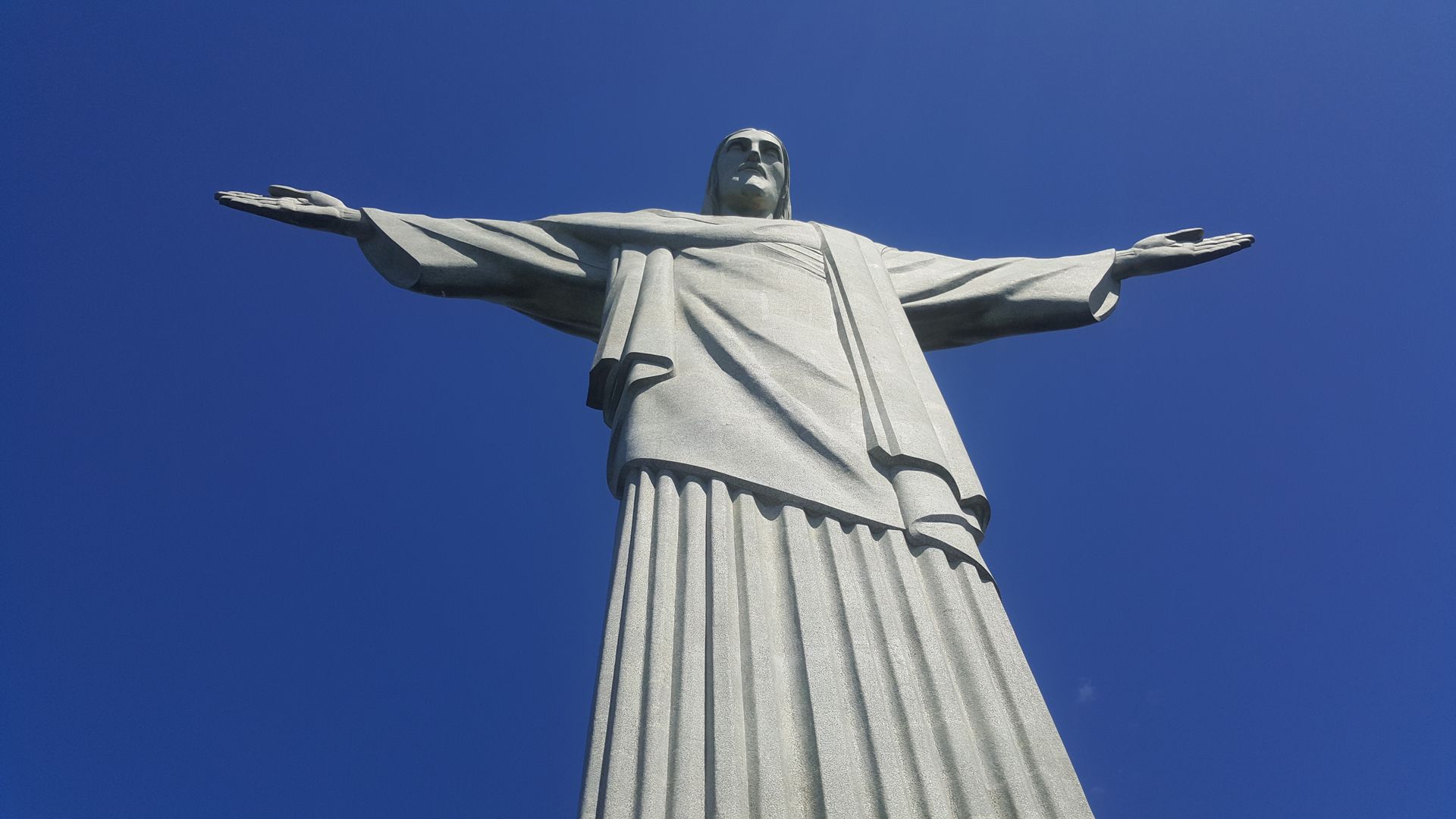
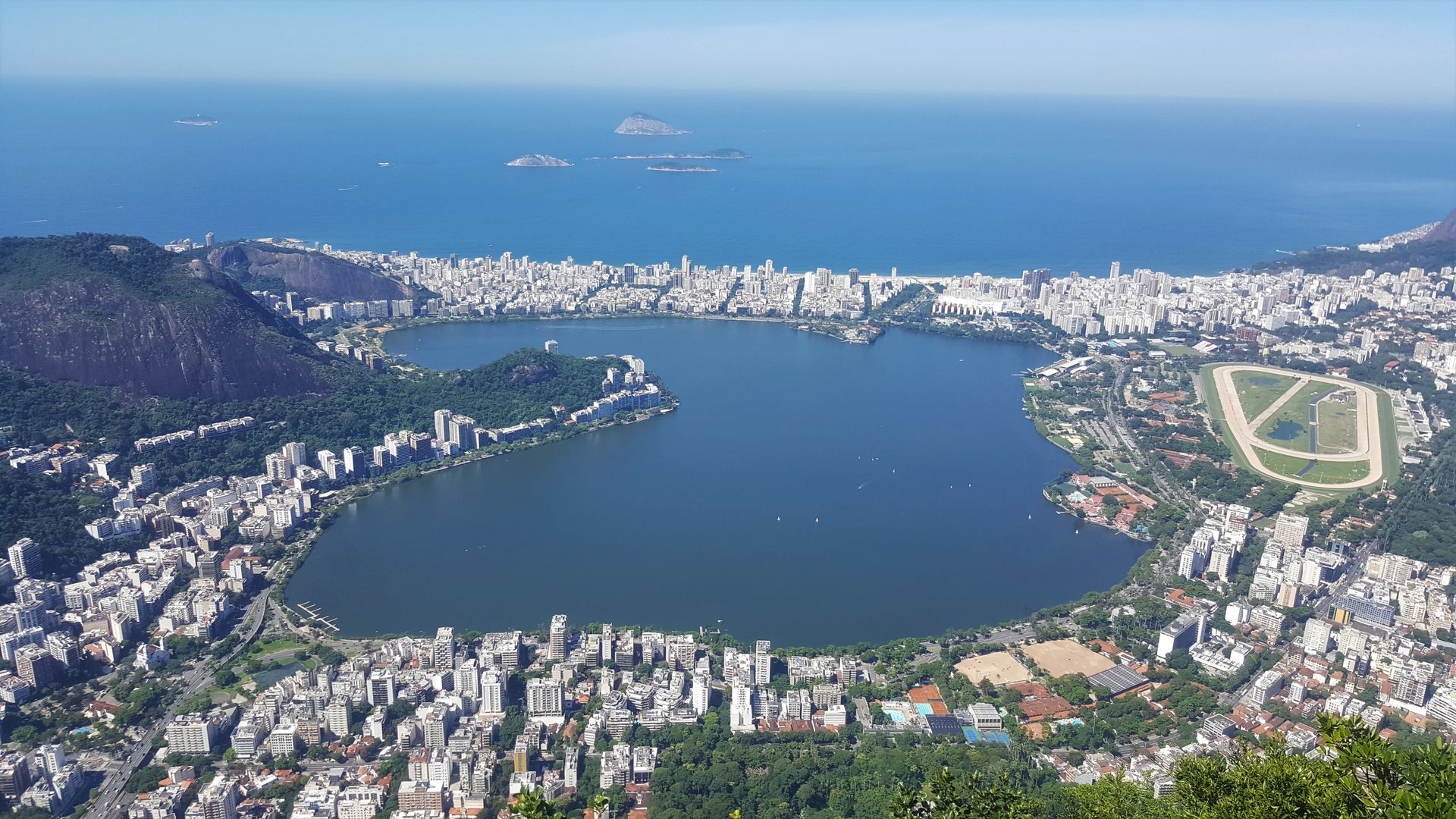
Our last day started a little earlier than the previous ones. Right after breakfast, we made our way to 'Cristo Redentor'. We took the famous train up to the Corcovado. Once there, we squeezed our way up the last steps to the viewing platform and the statue of Christ. We kept trying to find a free spot to enjoy the view of Rio. It was even more impressive than from the Sugarloaf. We skipped the classic 'I spread my arms out like Christ' photo that all the other tourists were desperately trying to take. The statue itself was indeed impressive, but we were mainly interested in the surrounding area. Due to the annoying crowds and because we had to check out of the hostel at 12 o'clock, we didn't stay there much longer and soon made our way back.
We spent the entire afternoon at the hostel, passing the time with the usual 'office activities', until we had to say goodbye for real. One last time, we made our way to the airport, just to board a plane back home this time.
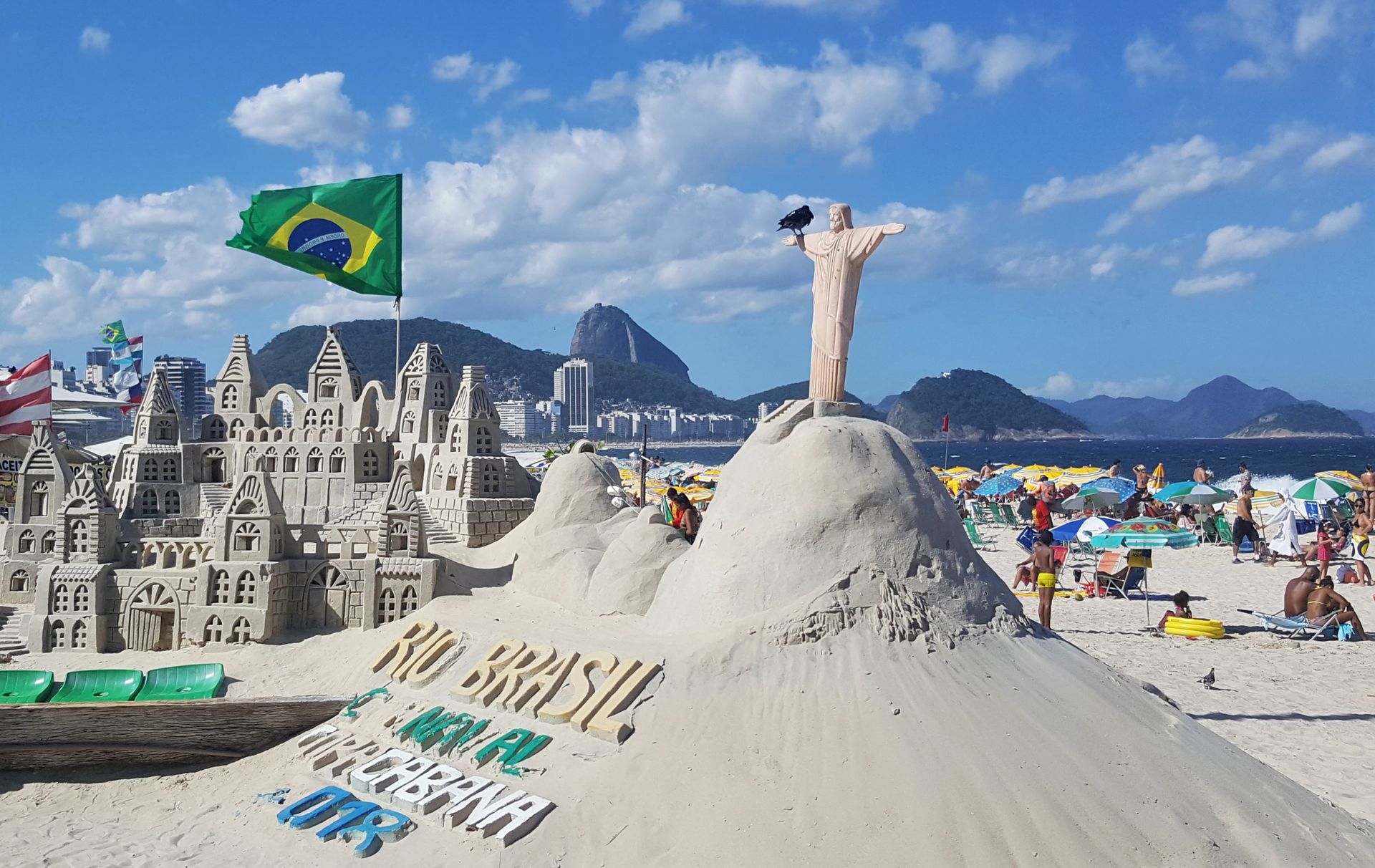
Conclusion:
Rio de Janeiro was the perfect final stop on our trip. Although it is a big city where rich and poor live very close together and where you occasionally have to deal with security issues, Rio positively surprised us. The impressive landscape of endless beaches and green hills, as well as the unique charm that this city exudes, make Rio de Janeiro one of the most beautiful cities in the world.
It was also a valuable lesson for us about how often media reports do not match reality. Although there are serious problems in this city, you, as a 'tourist with common sense', are mostly spared from them. One should never be discouraged from forming one's own opinion about a place, otherwise you will miss out on all the many beautiful and positive experiences that are not reported!

Our 6-month world trip comes to an end. We pack our backpacks one last time and return home with mixed emotions.

Hasta pronto!
E&L
>> Next stop: Home <<
Sabskrip to Nyusleta
Ansa
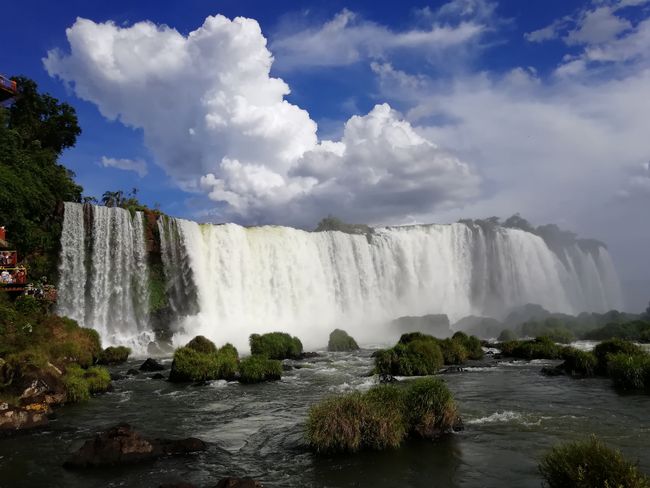
Travul ripɔt Brazil
